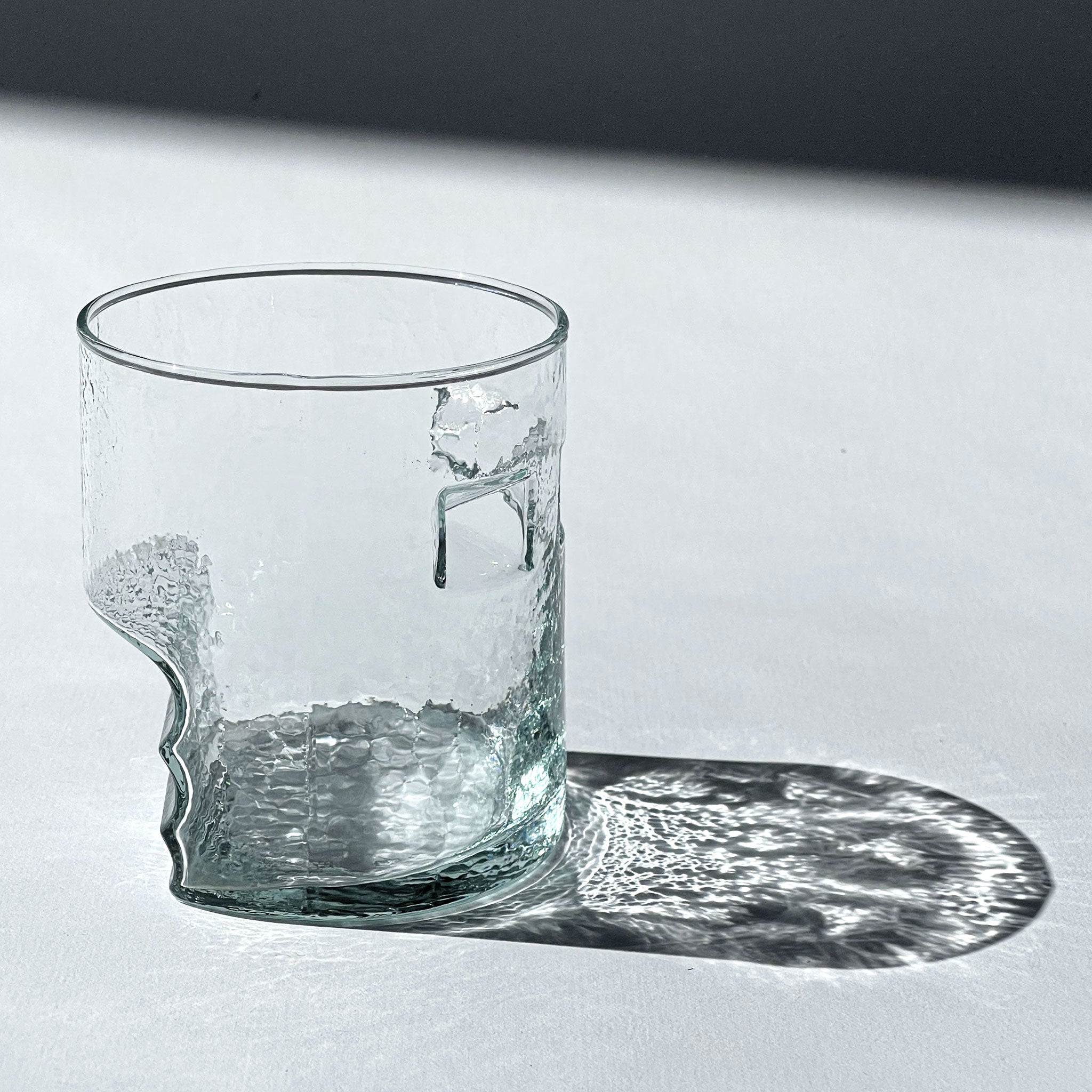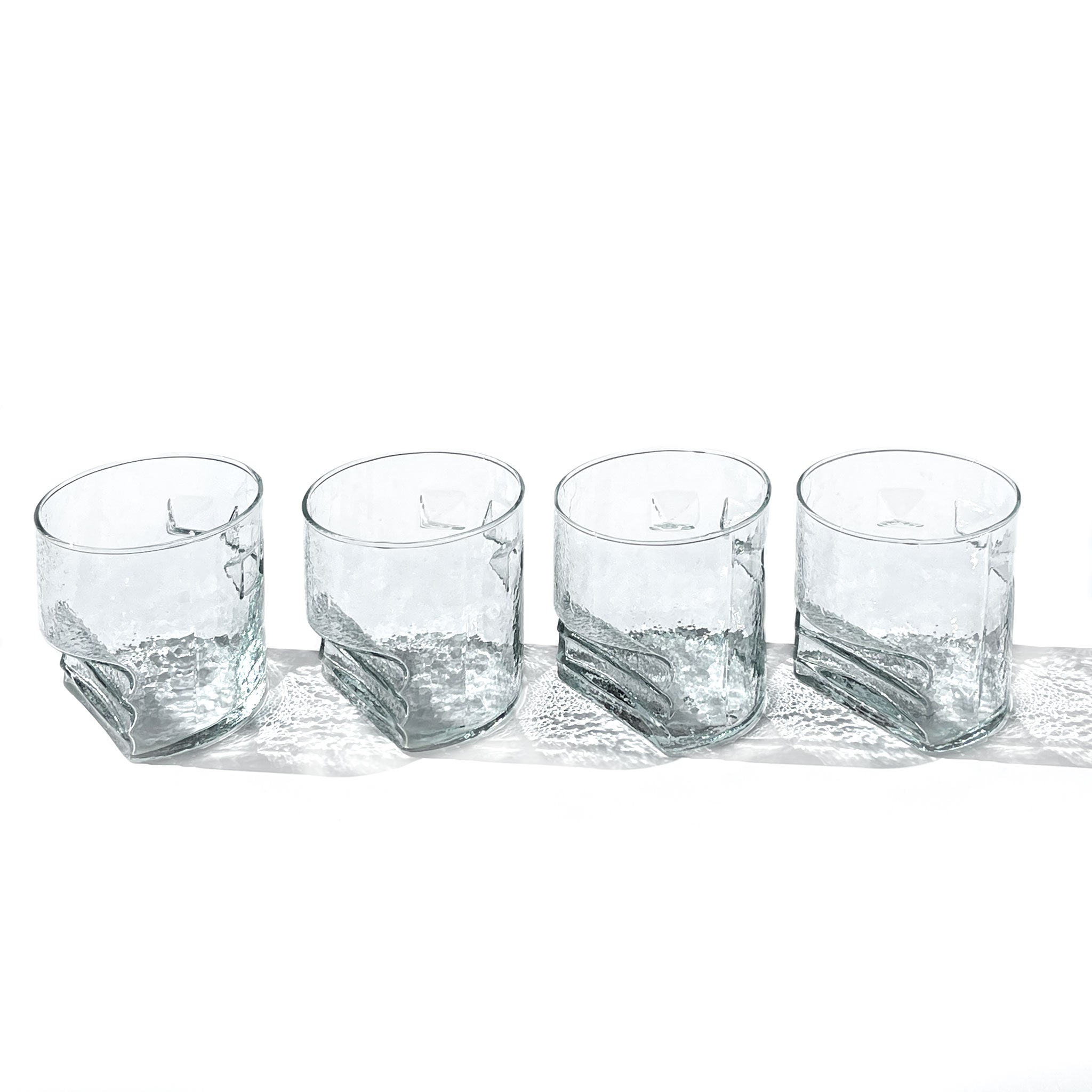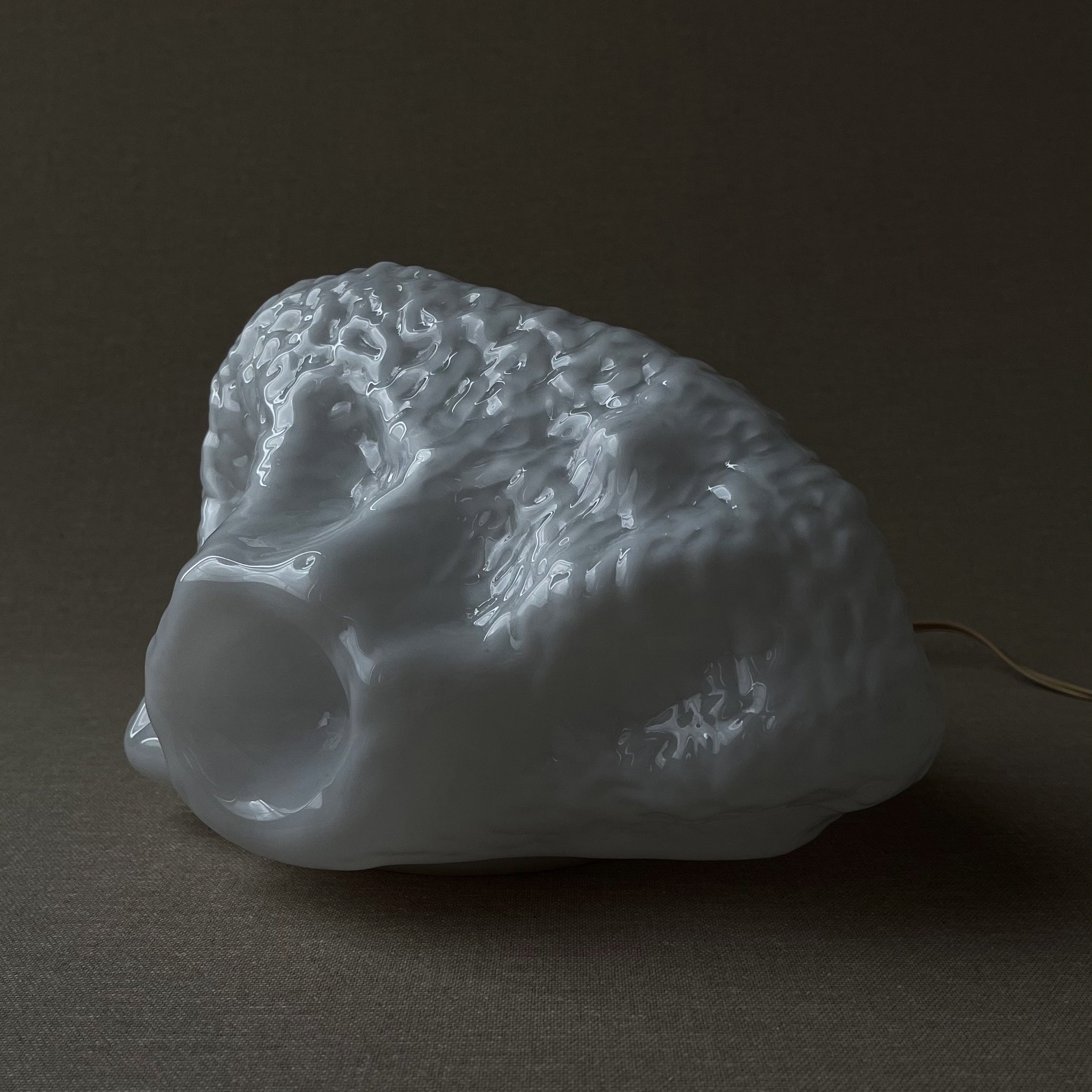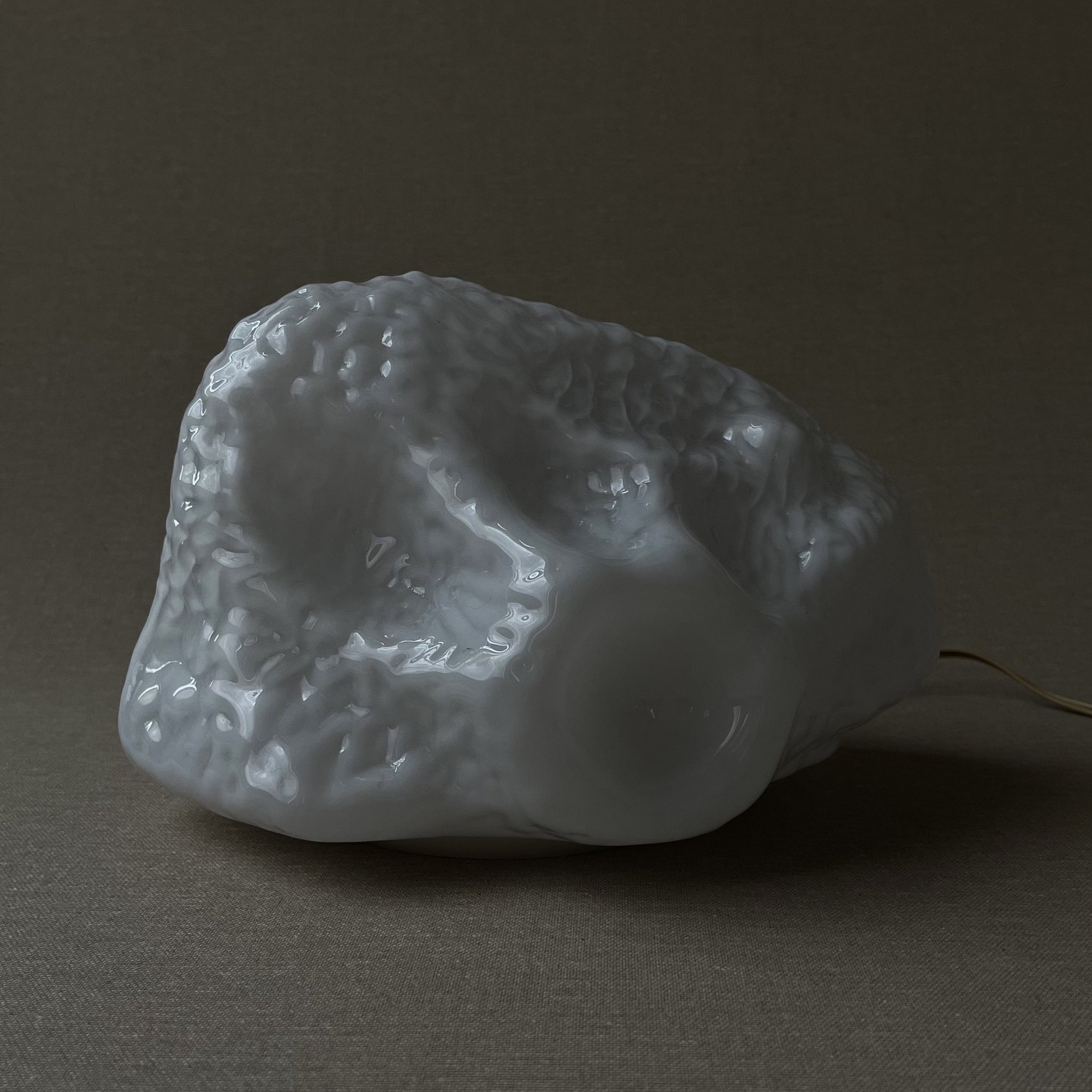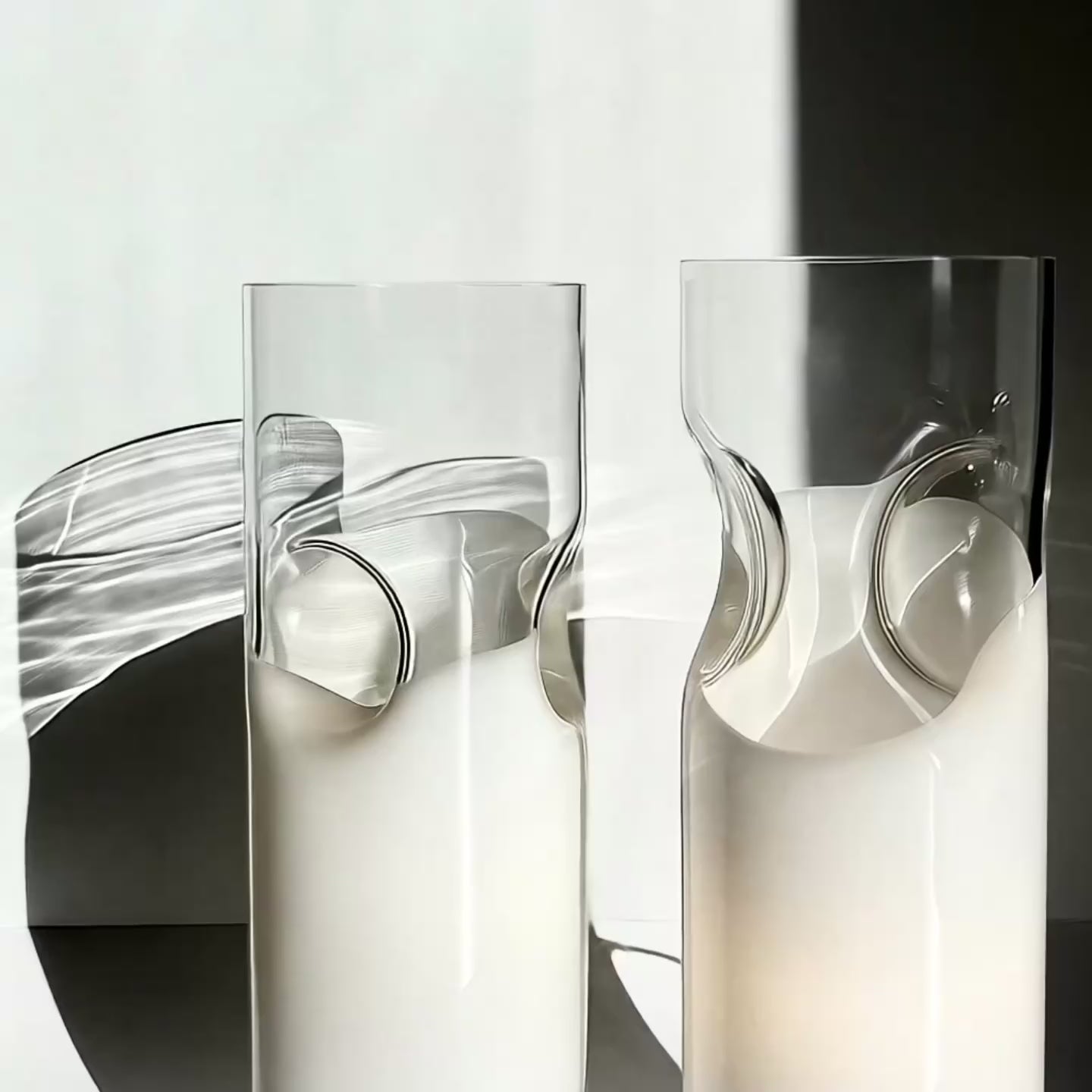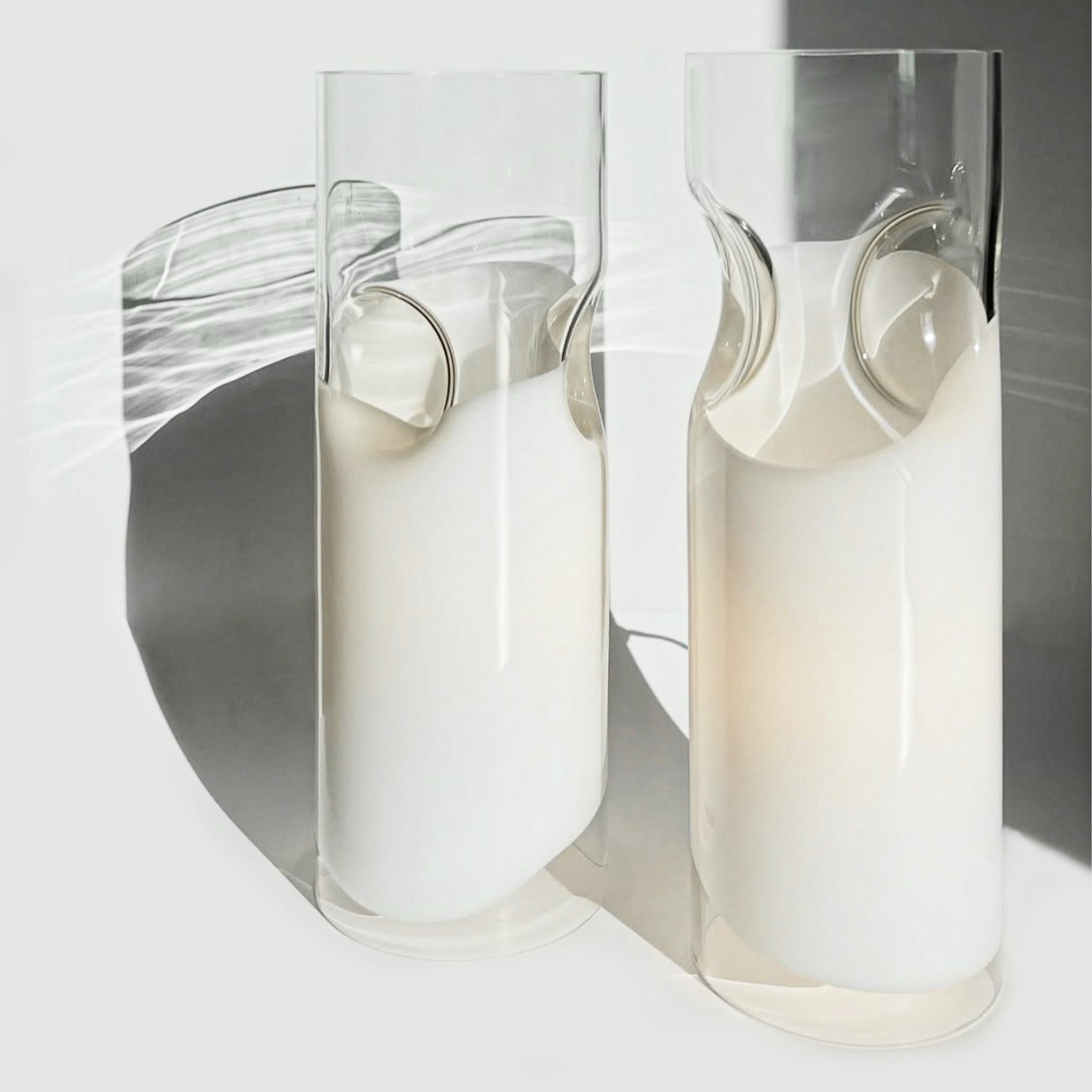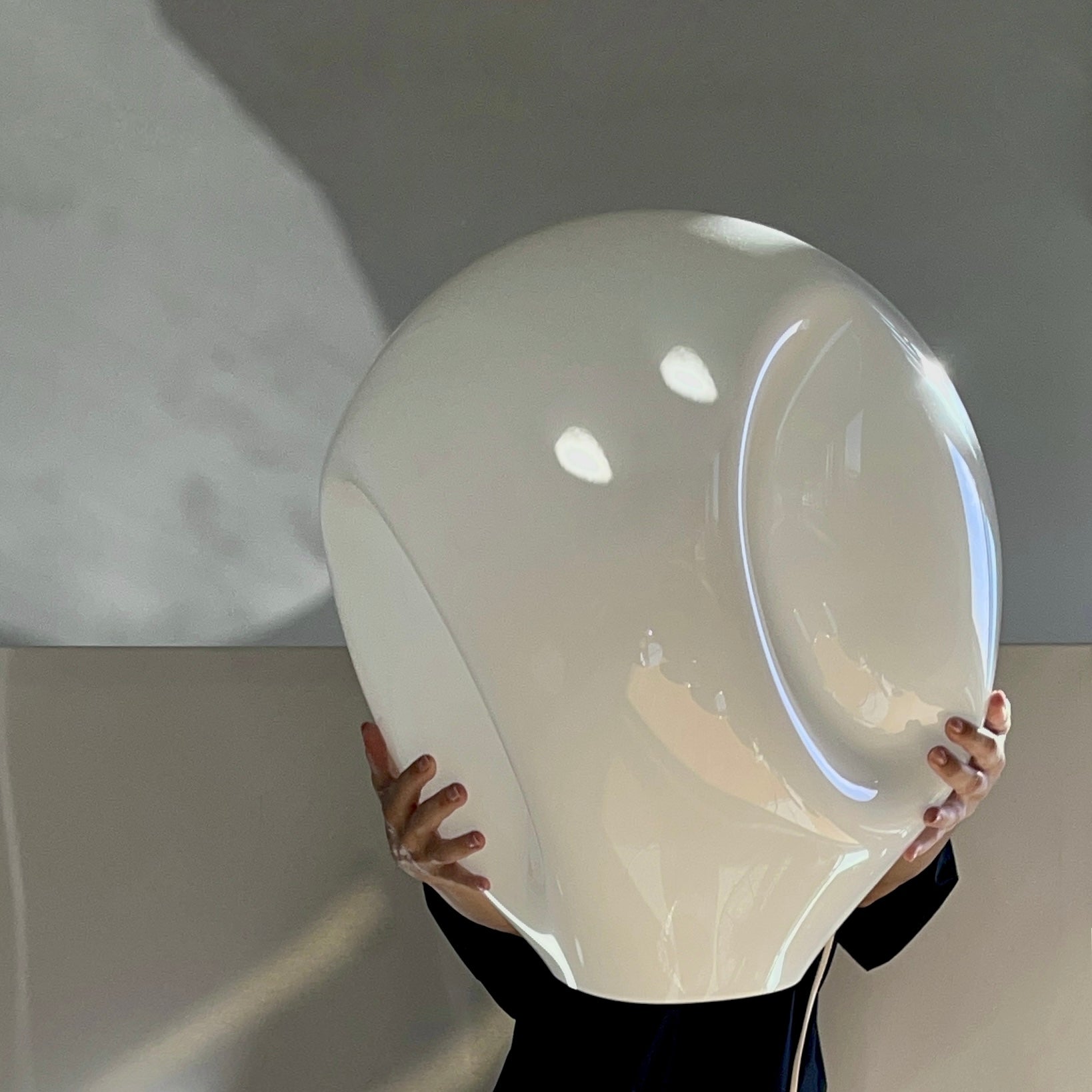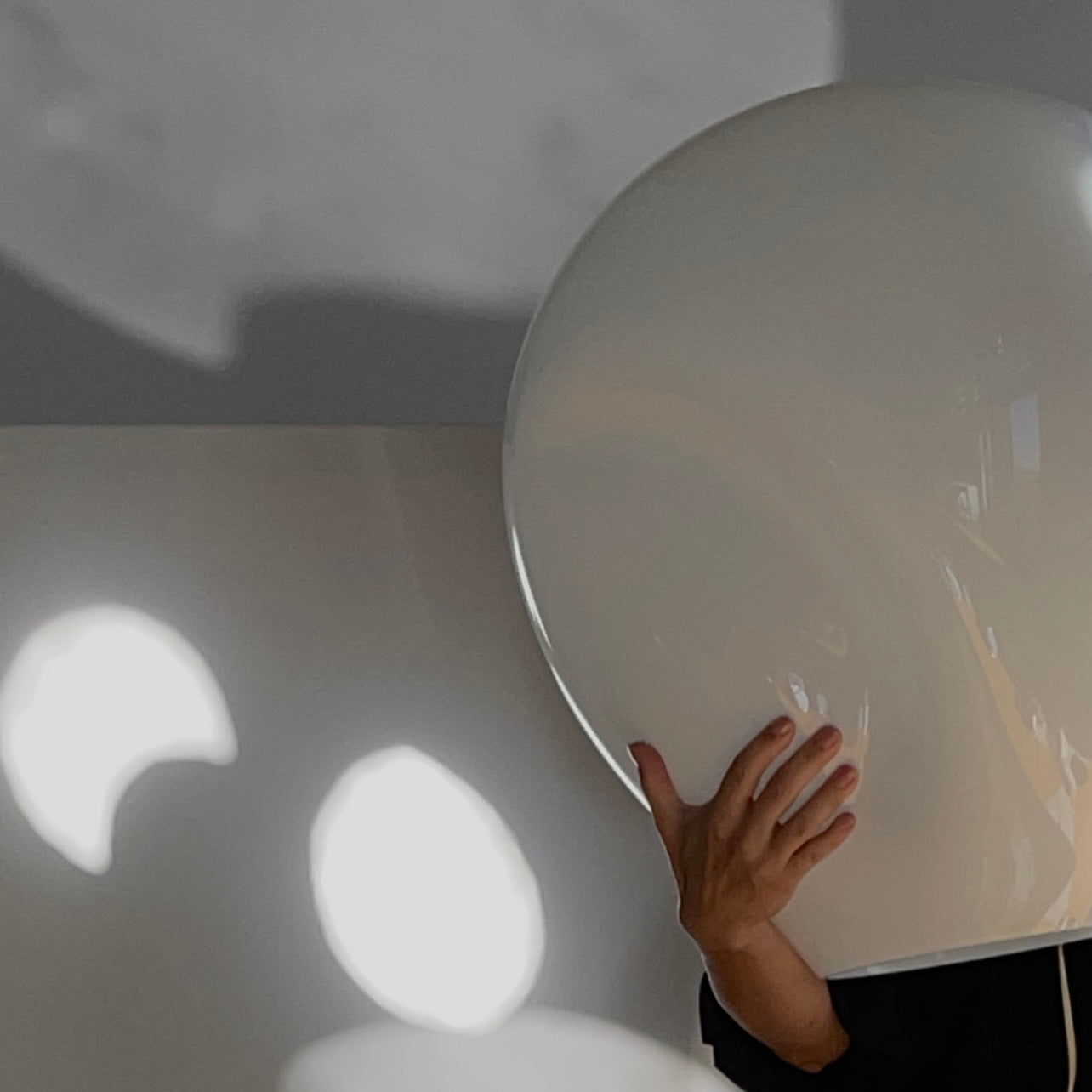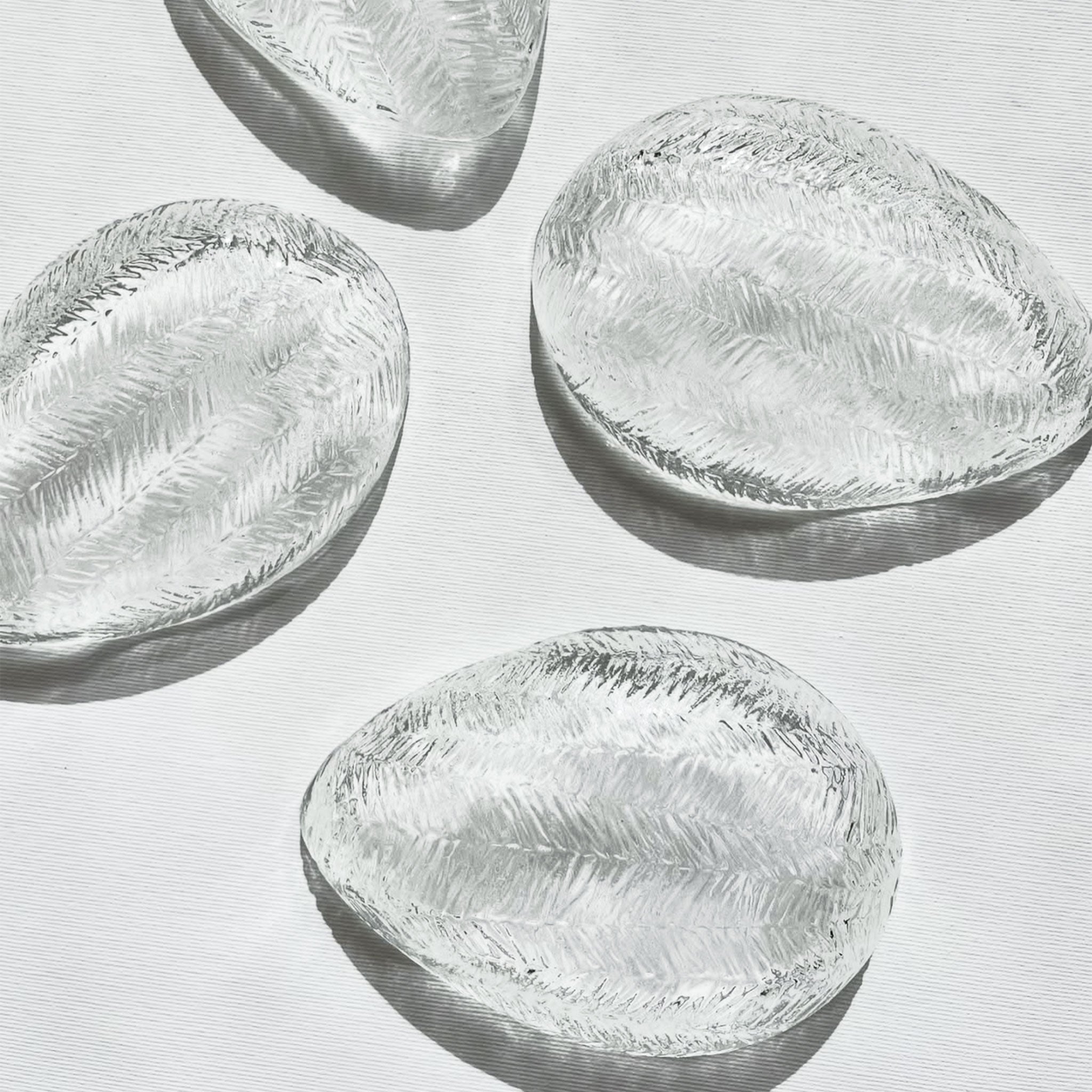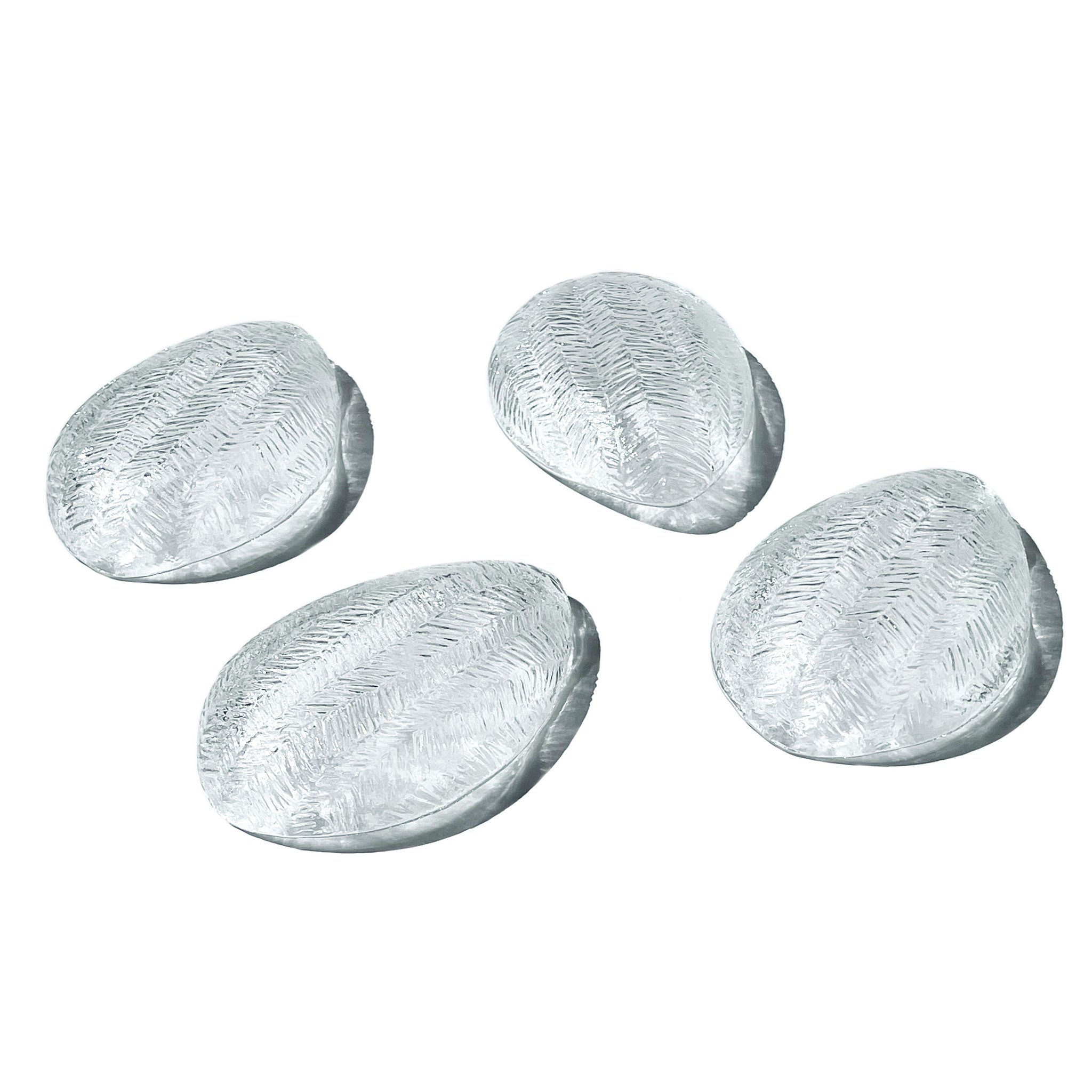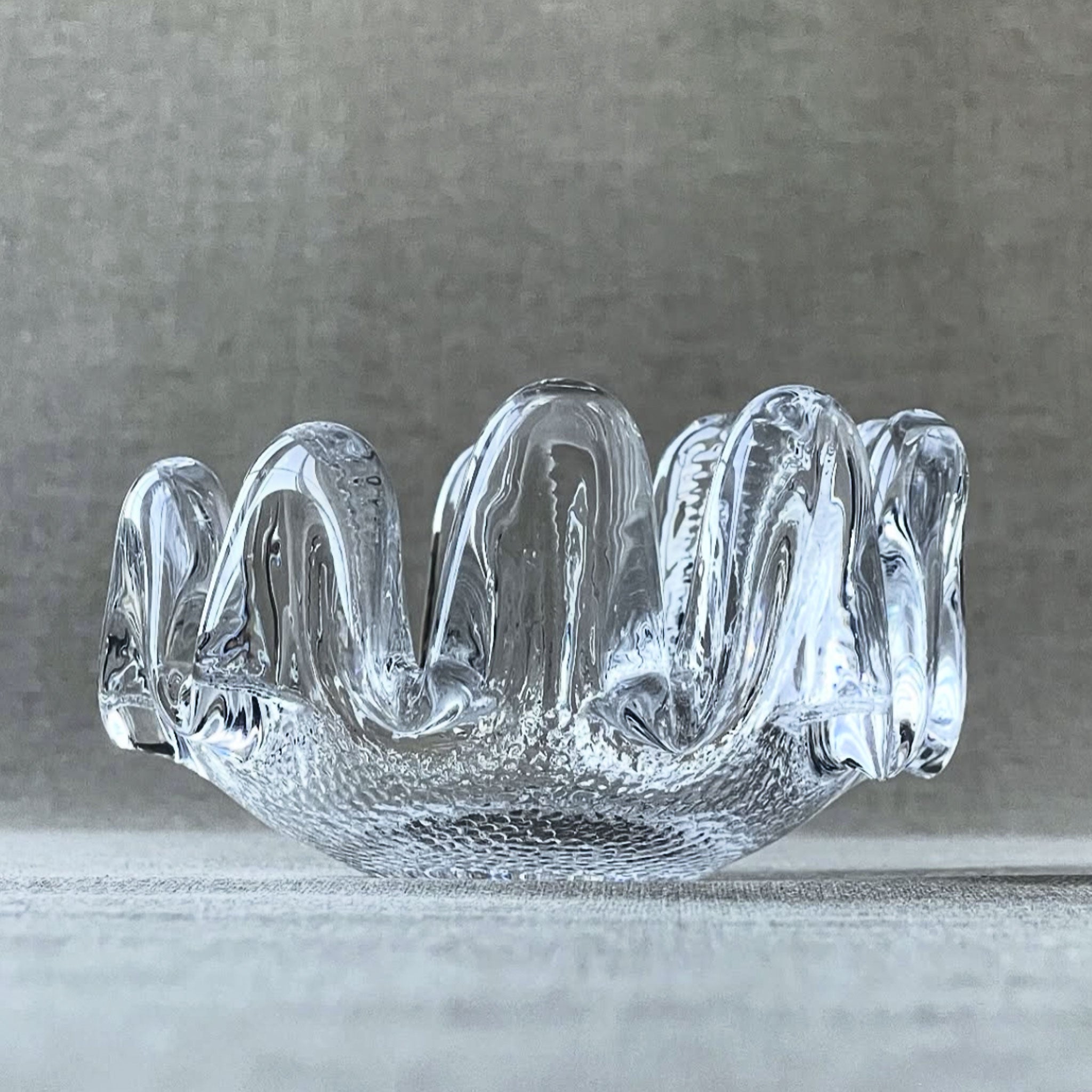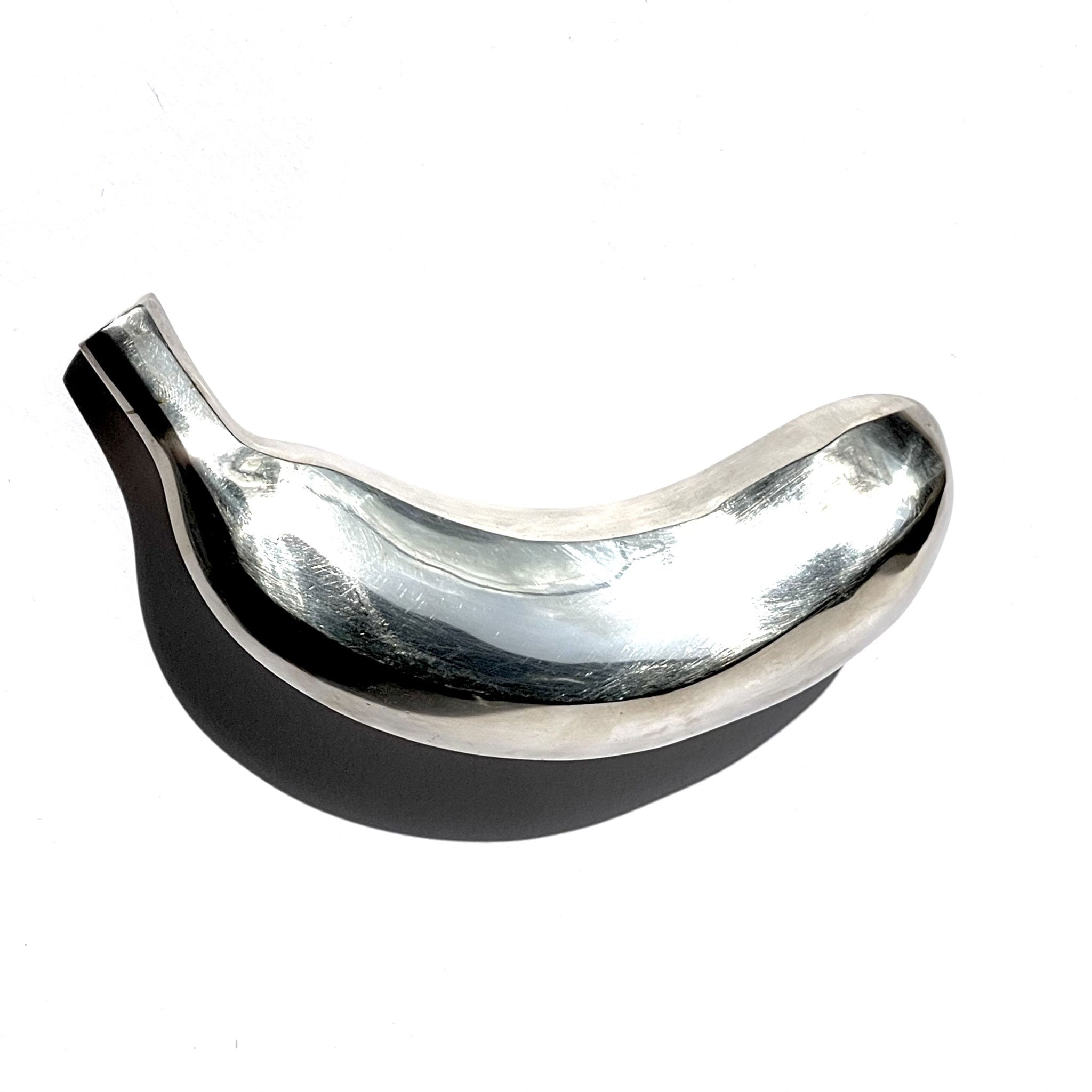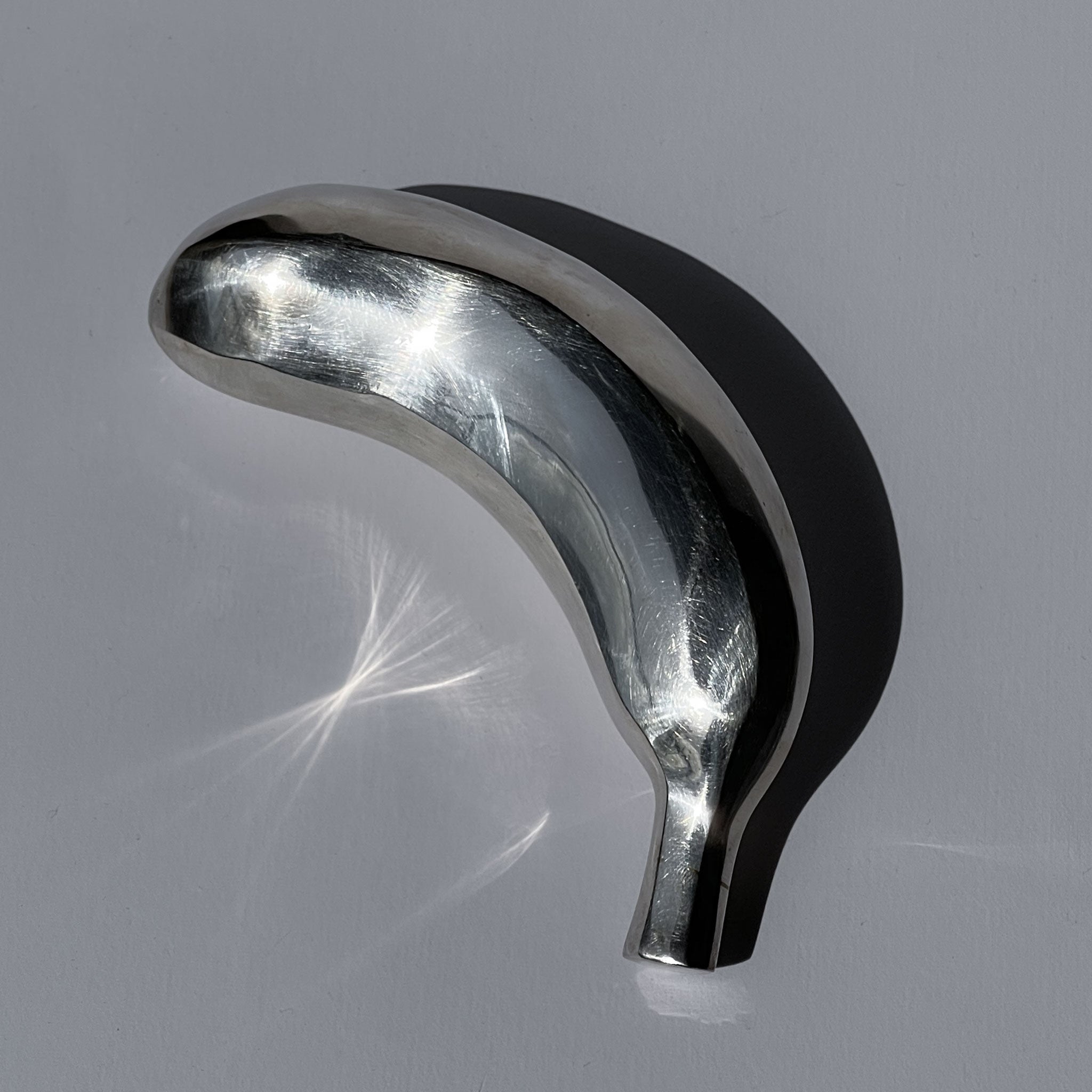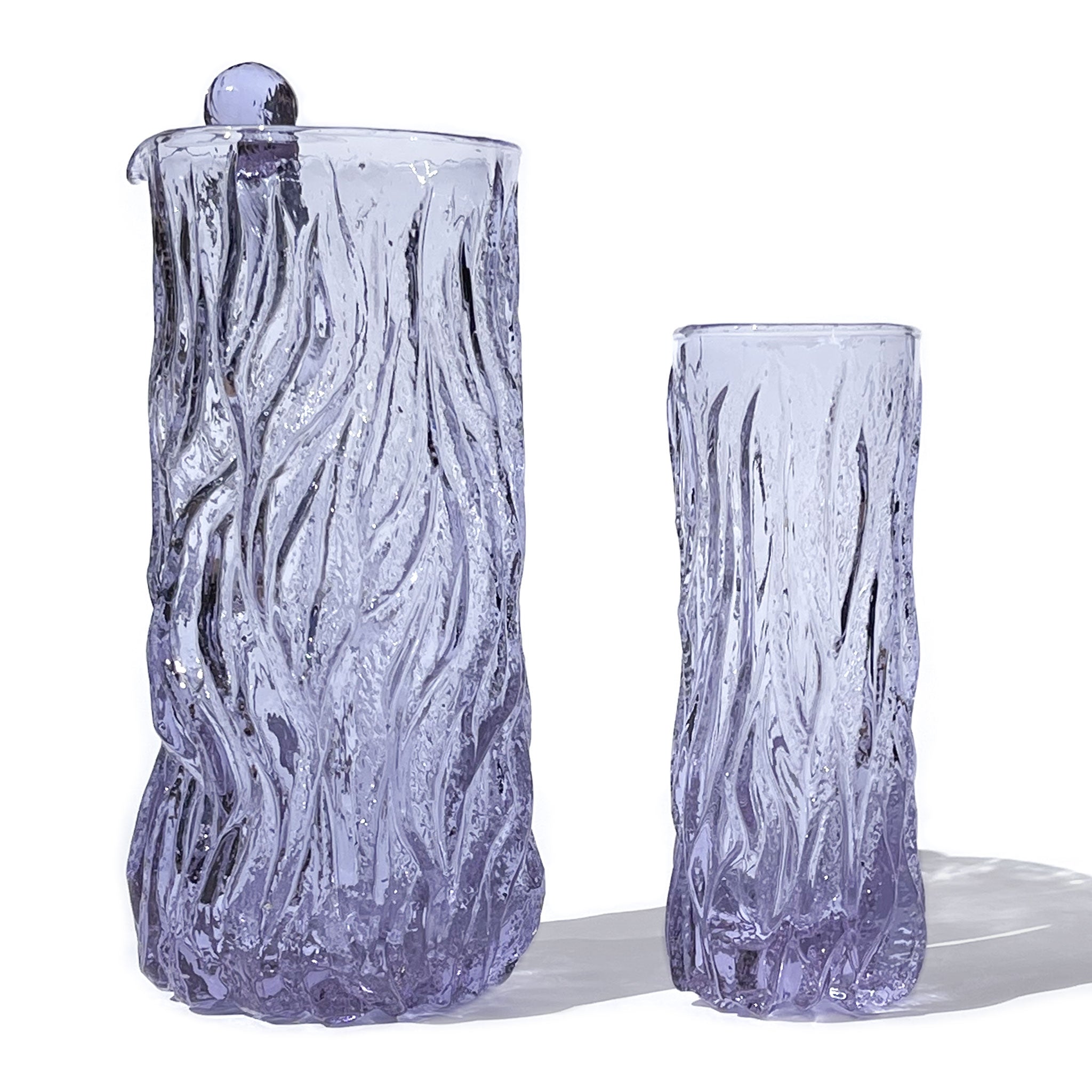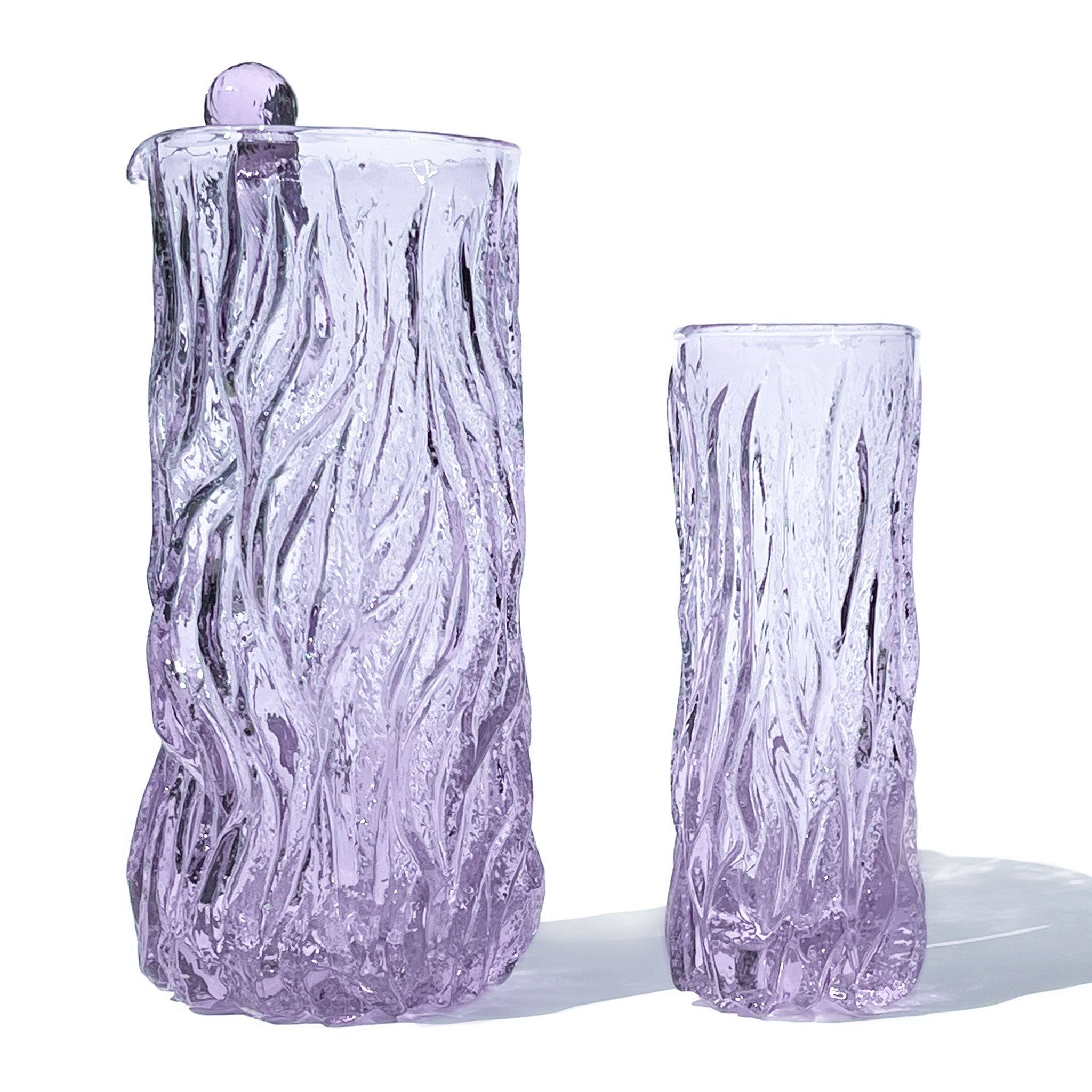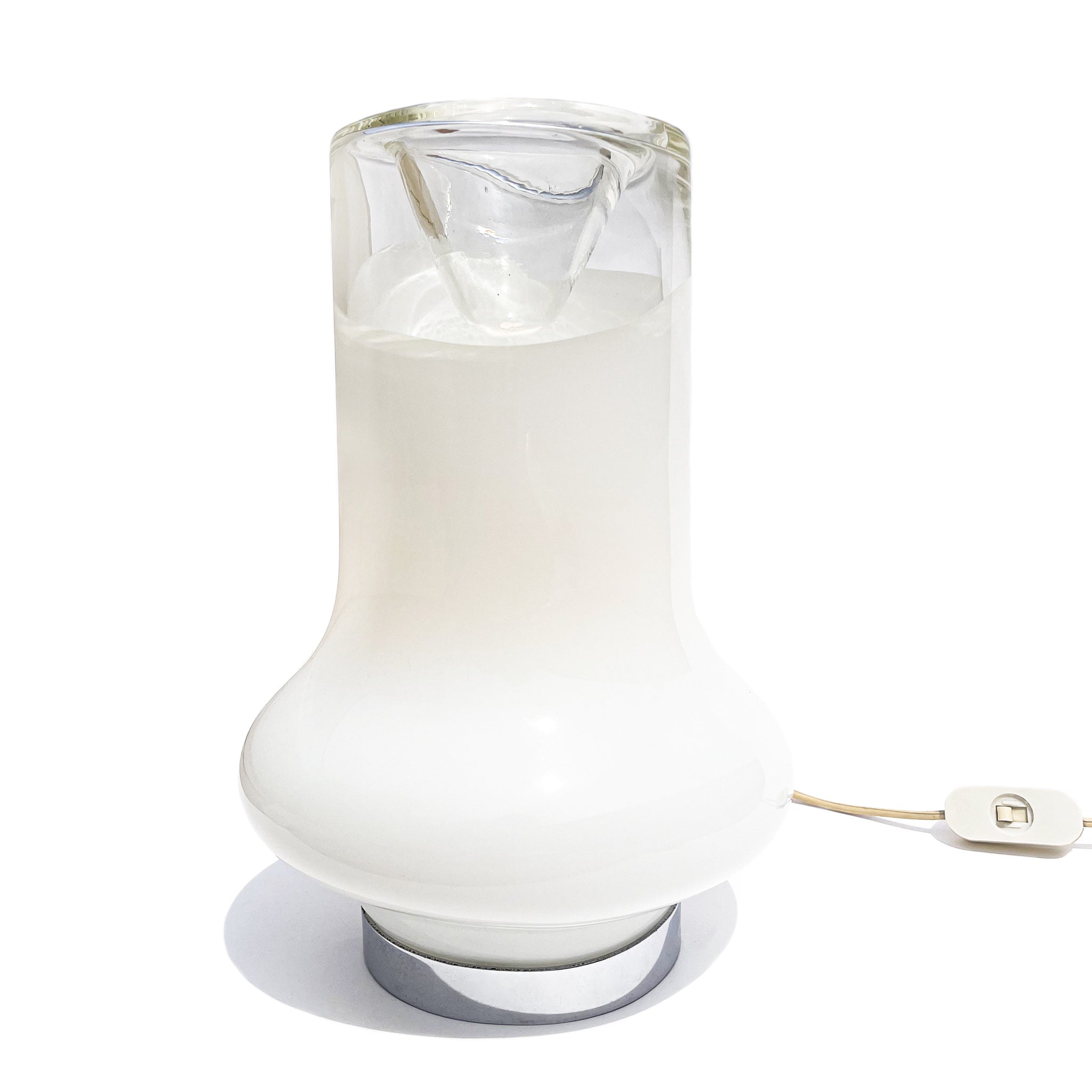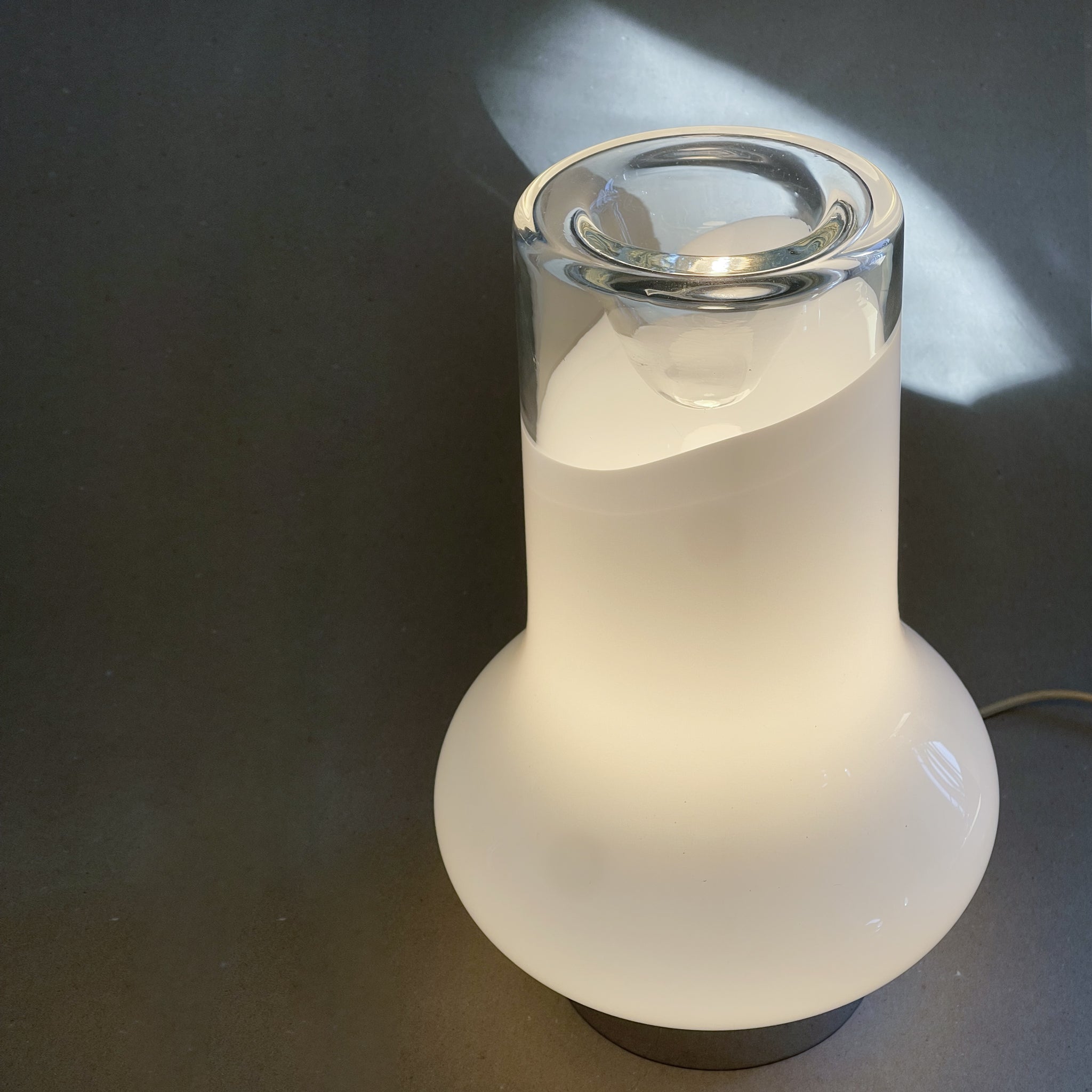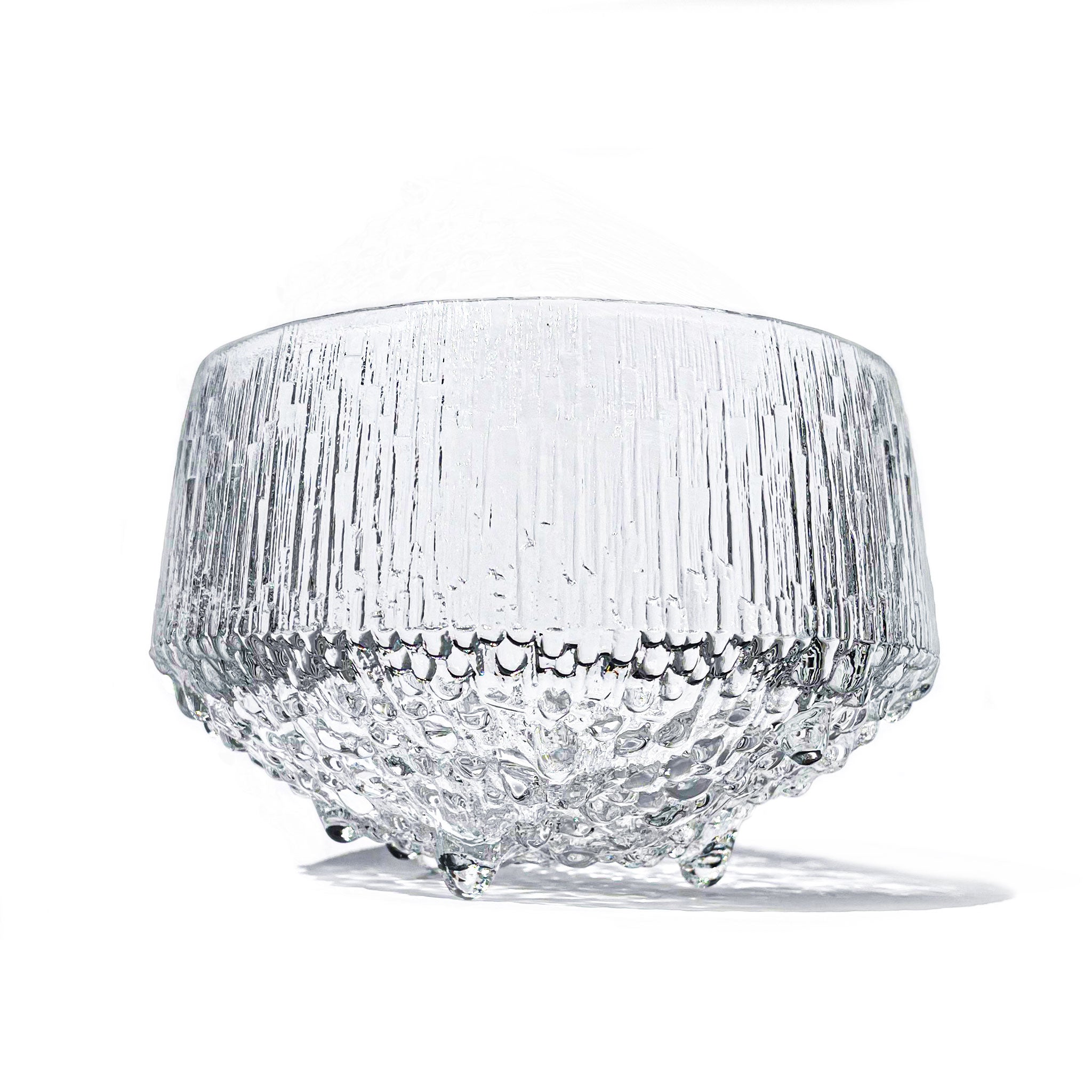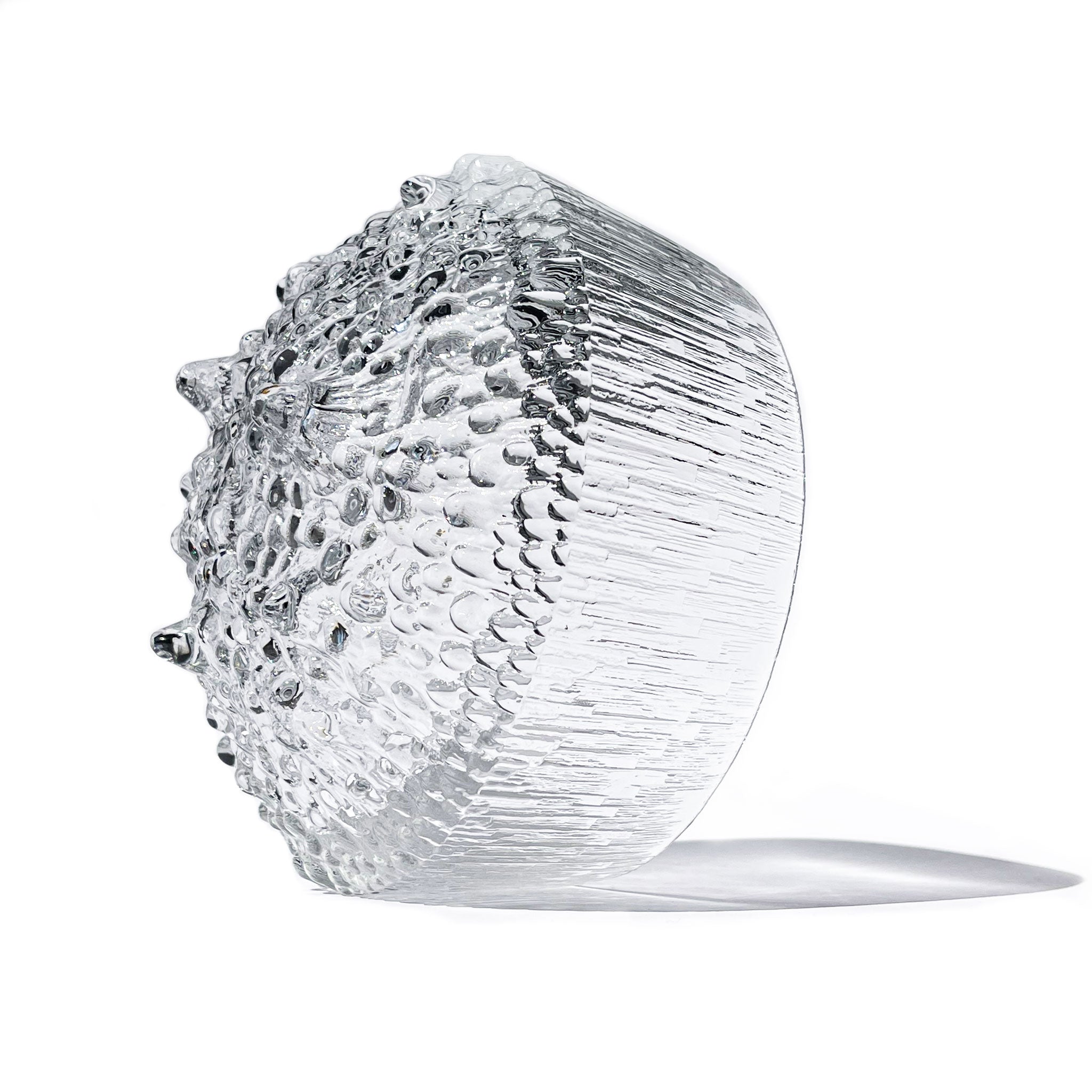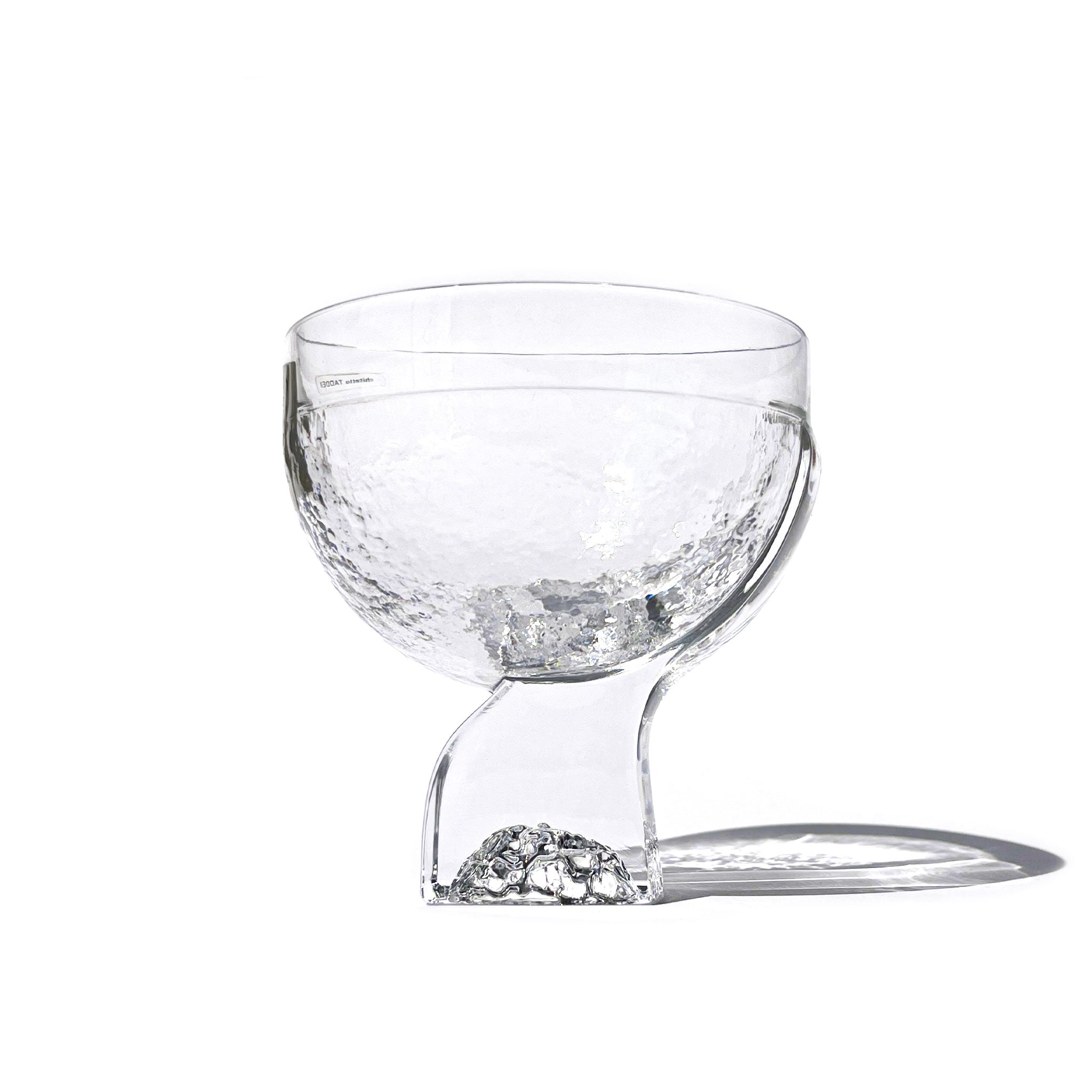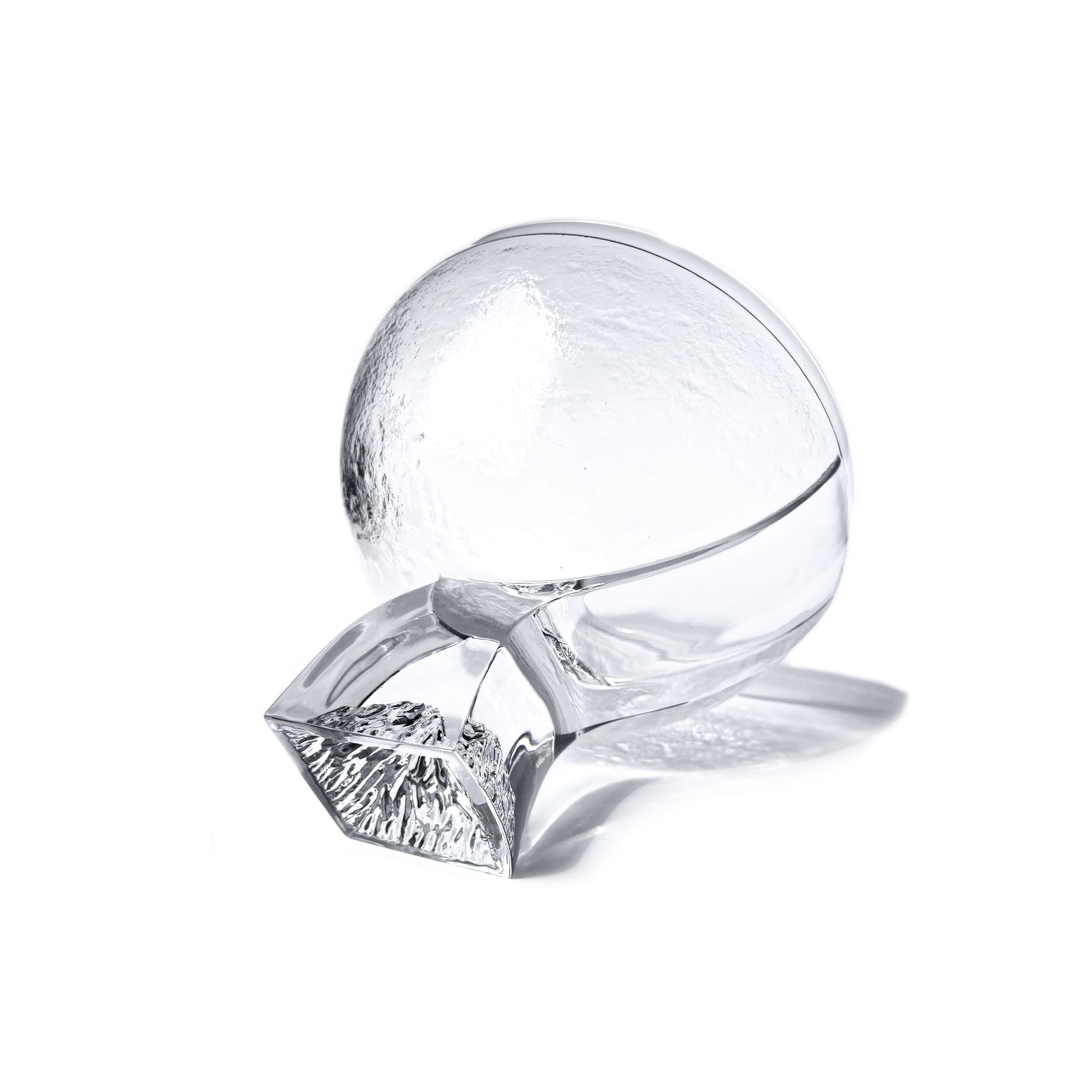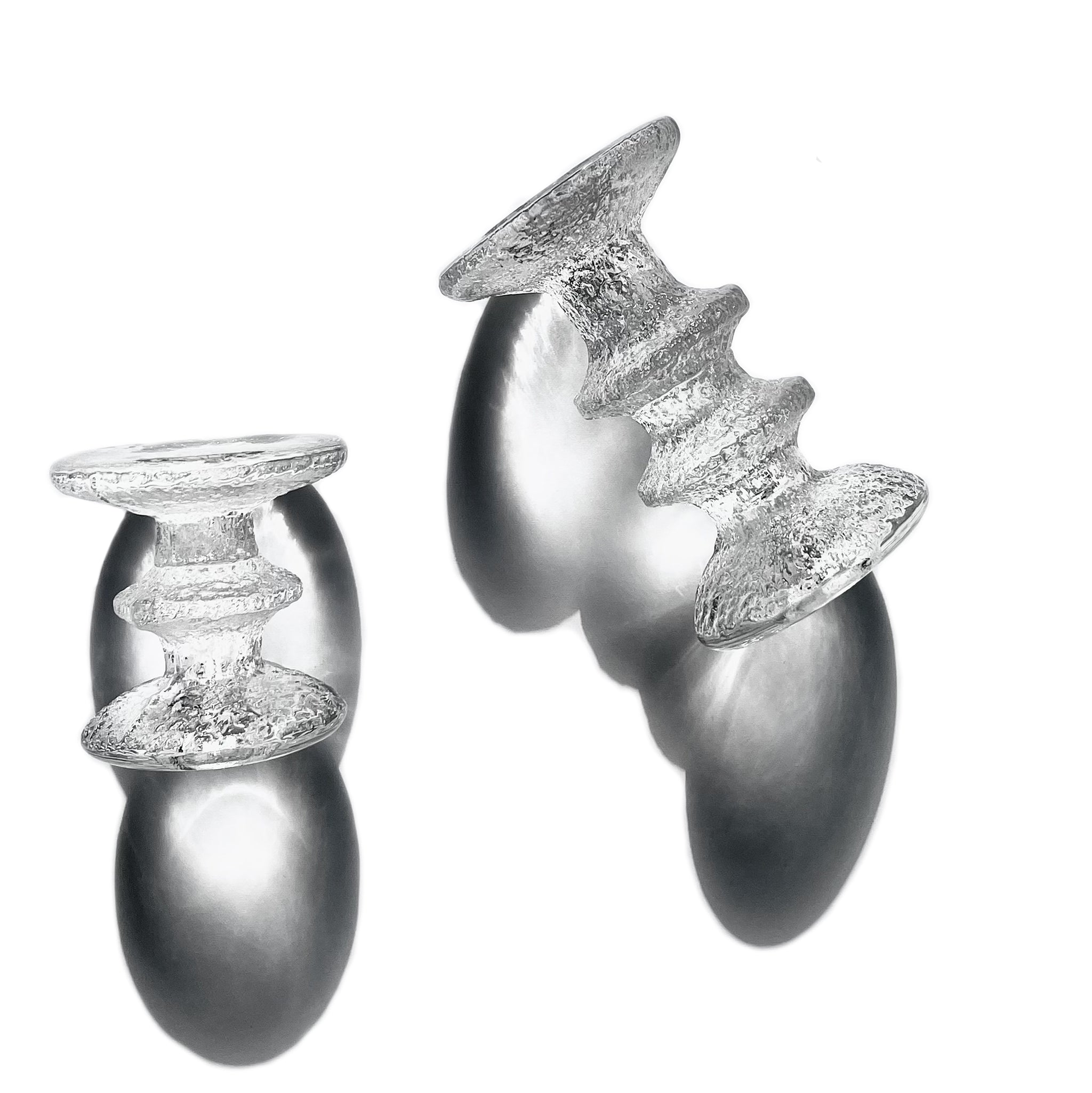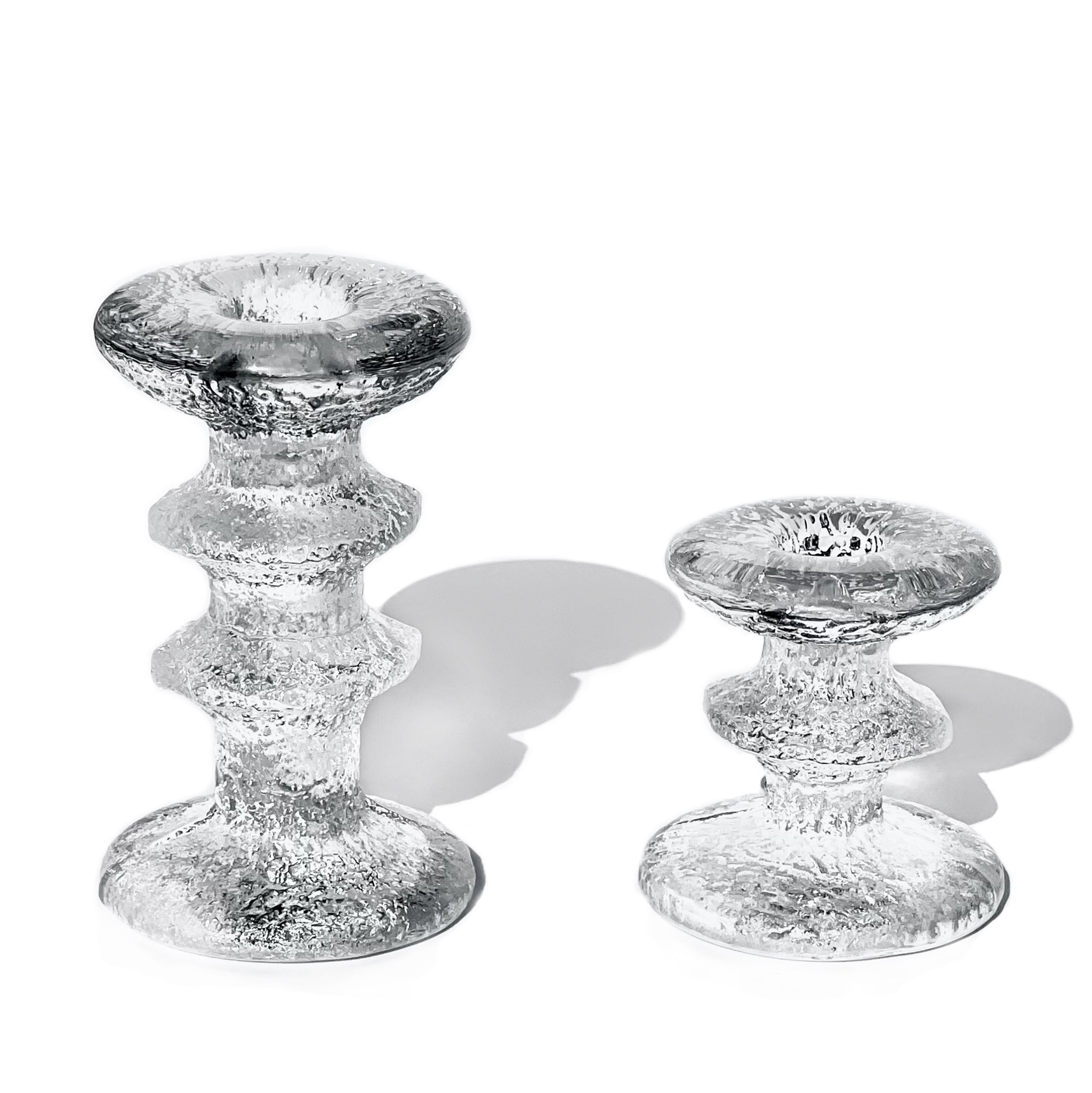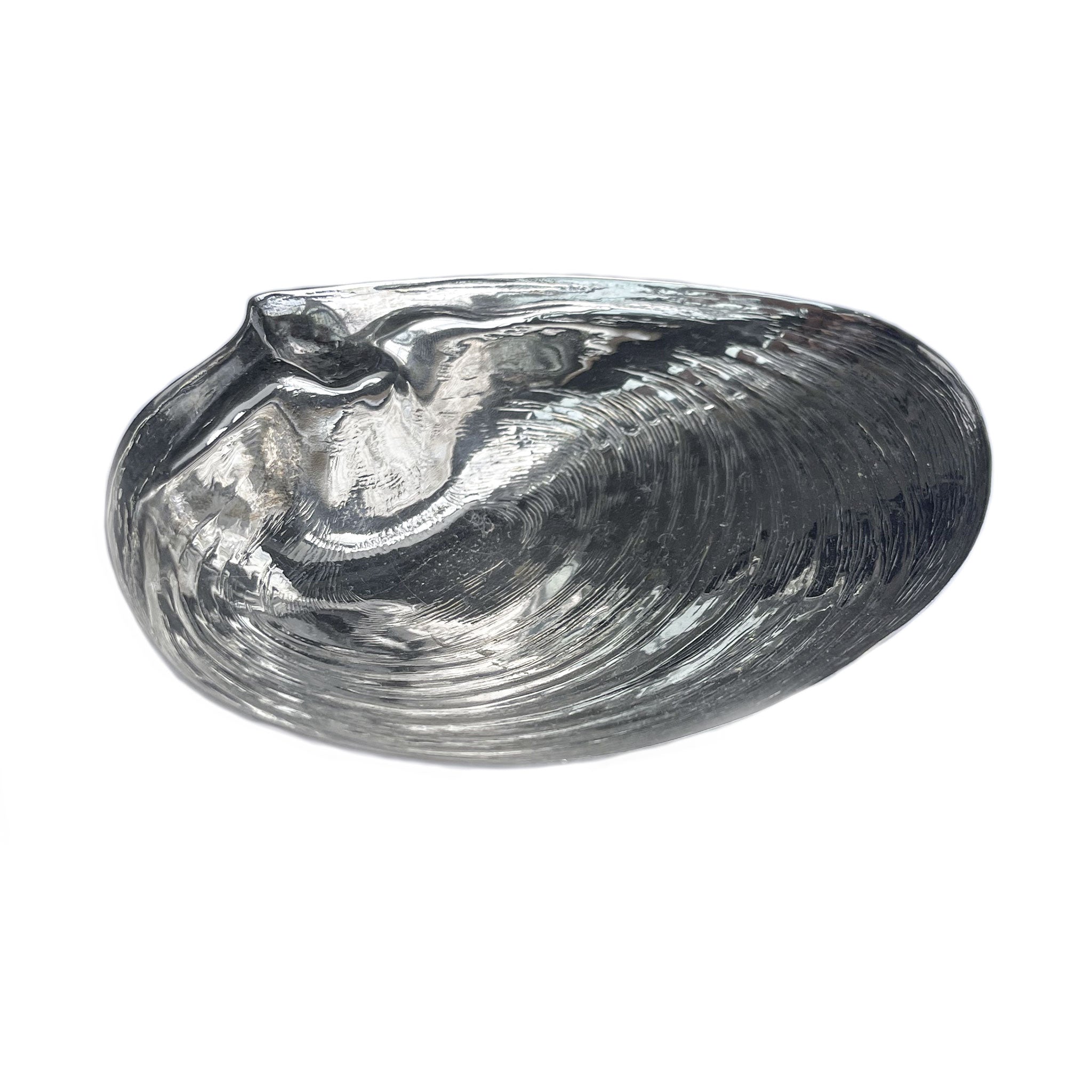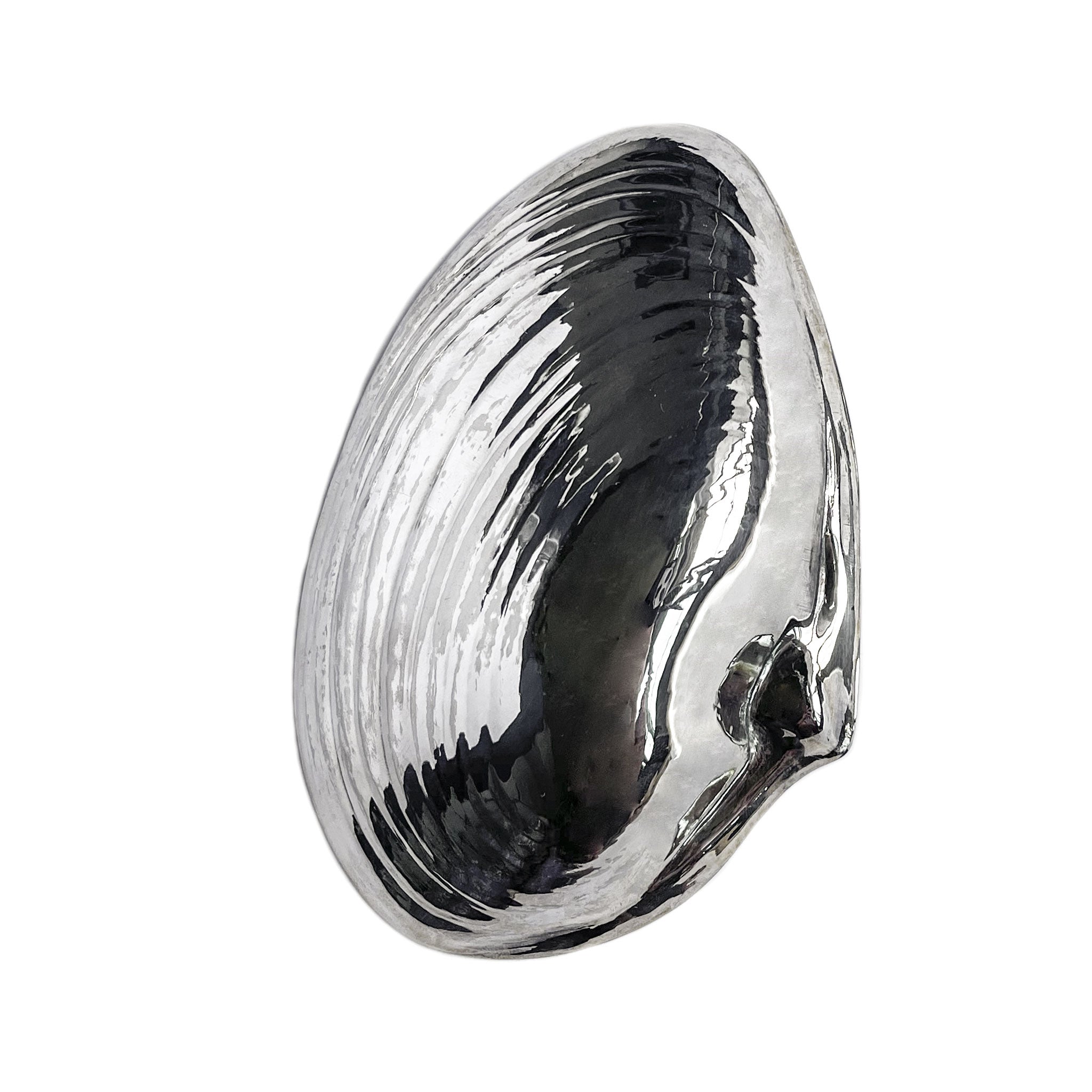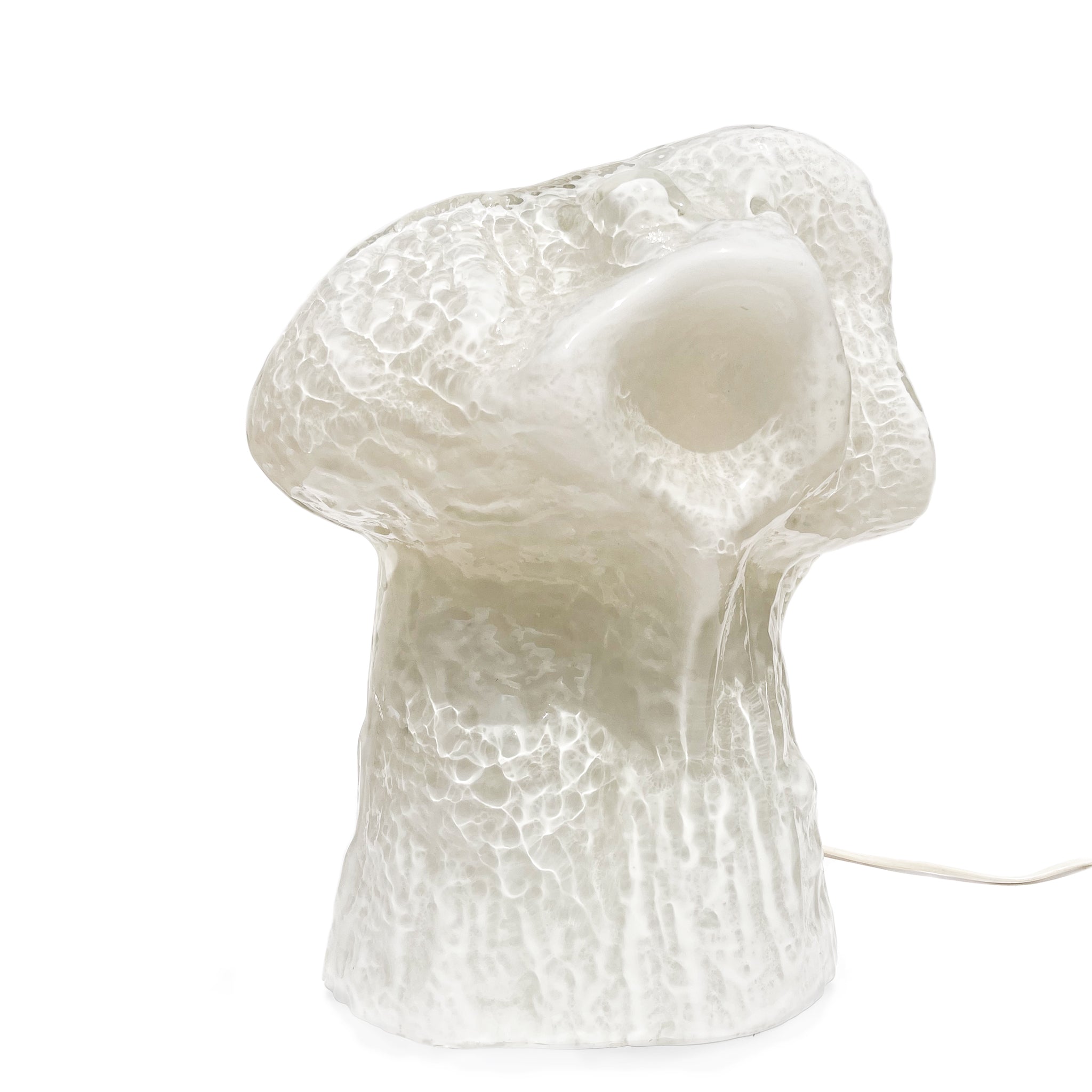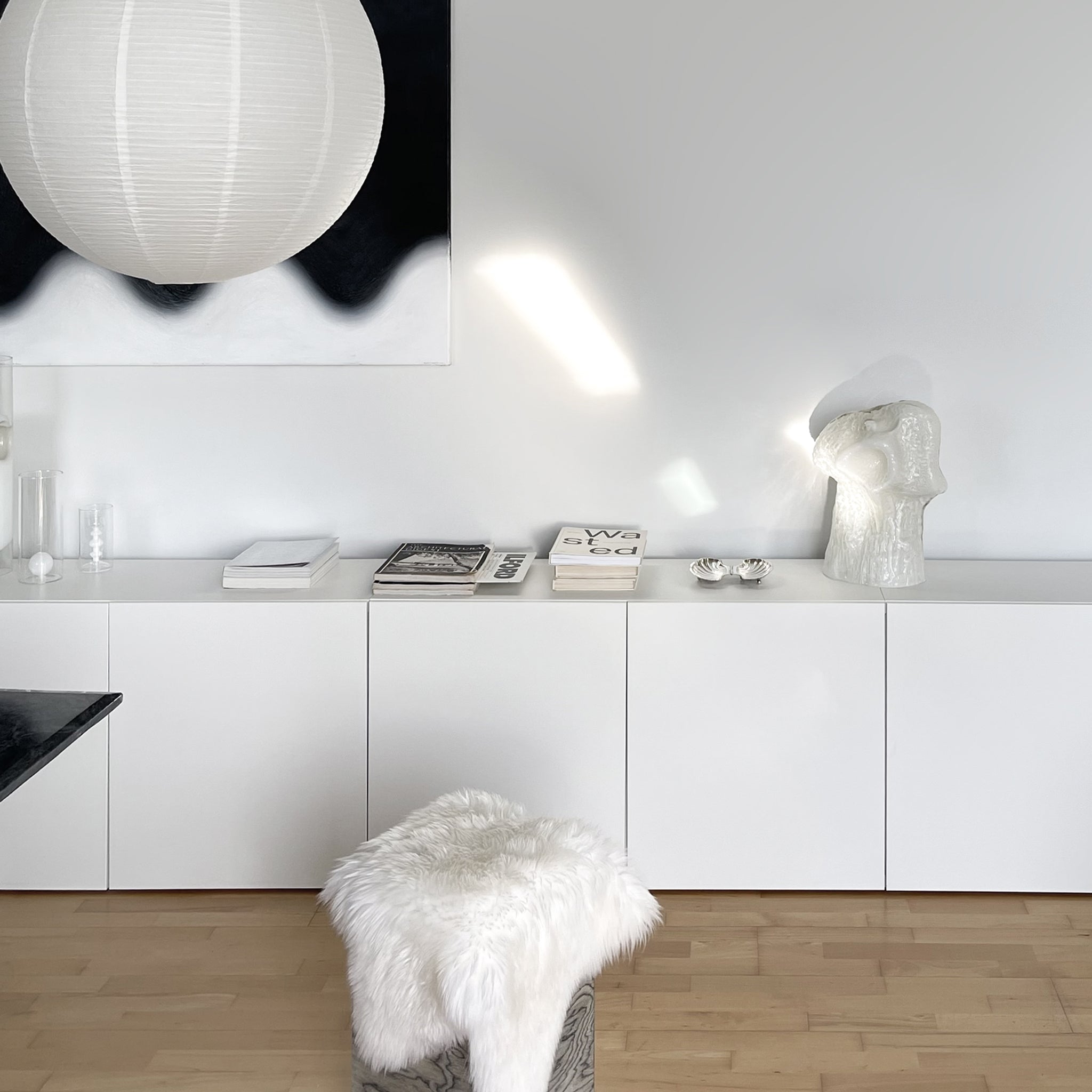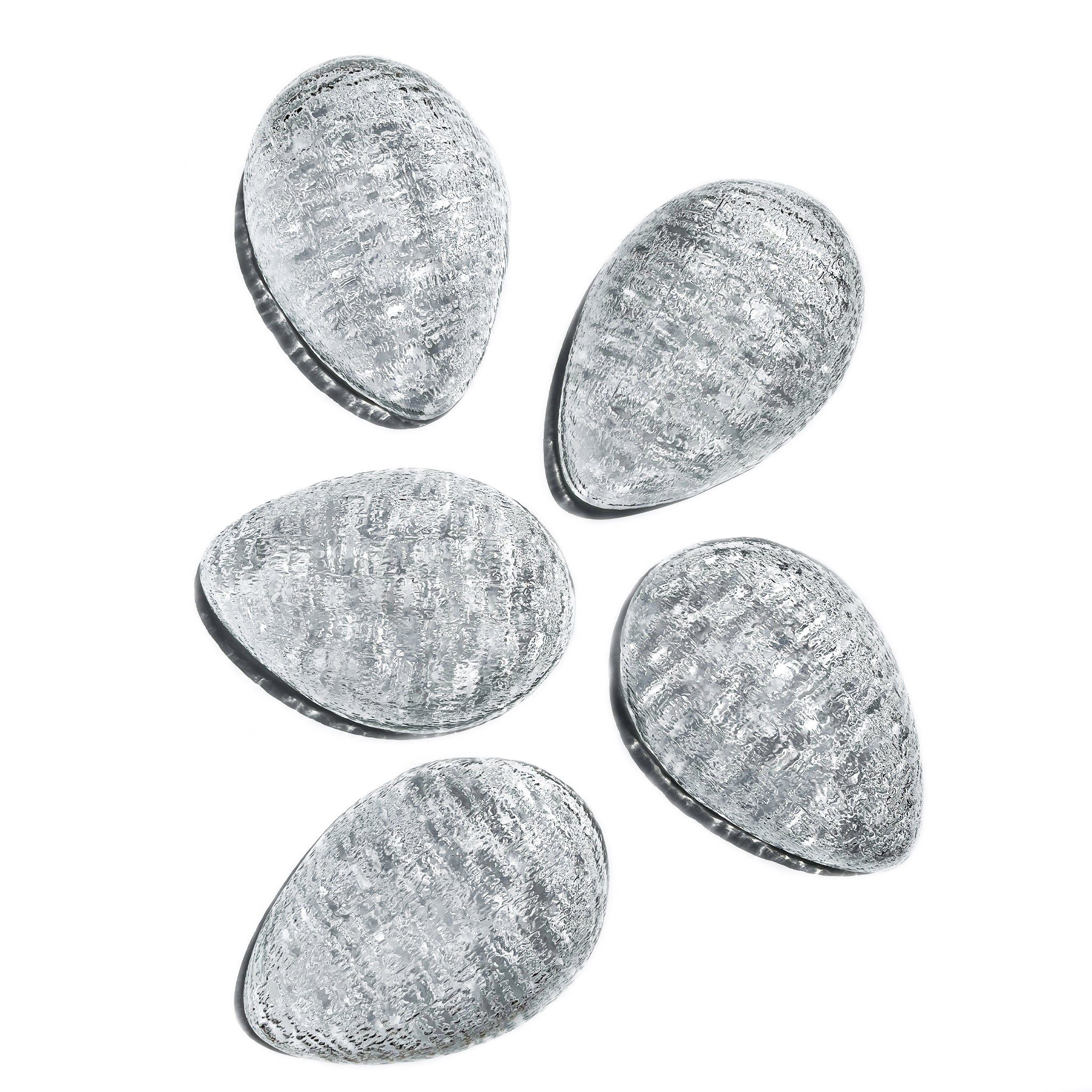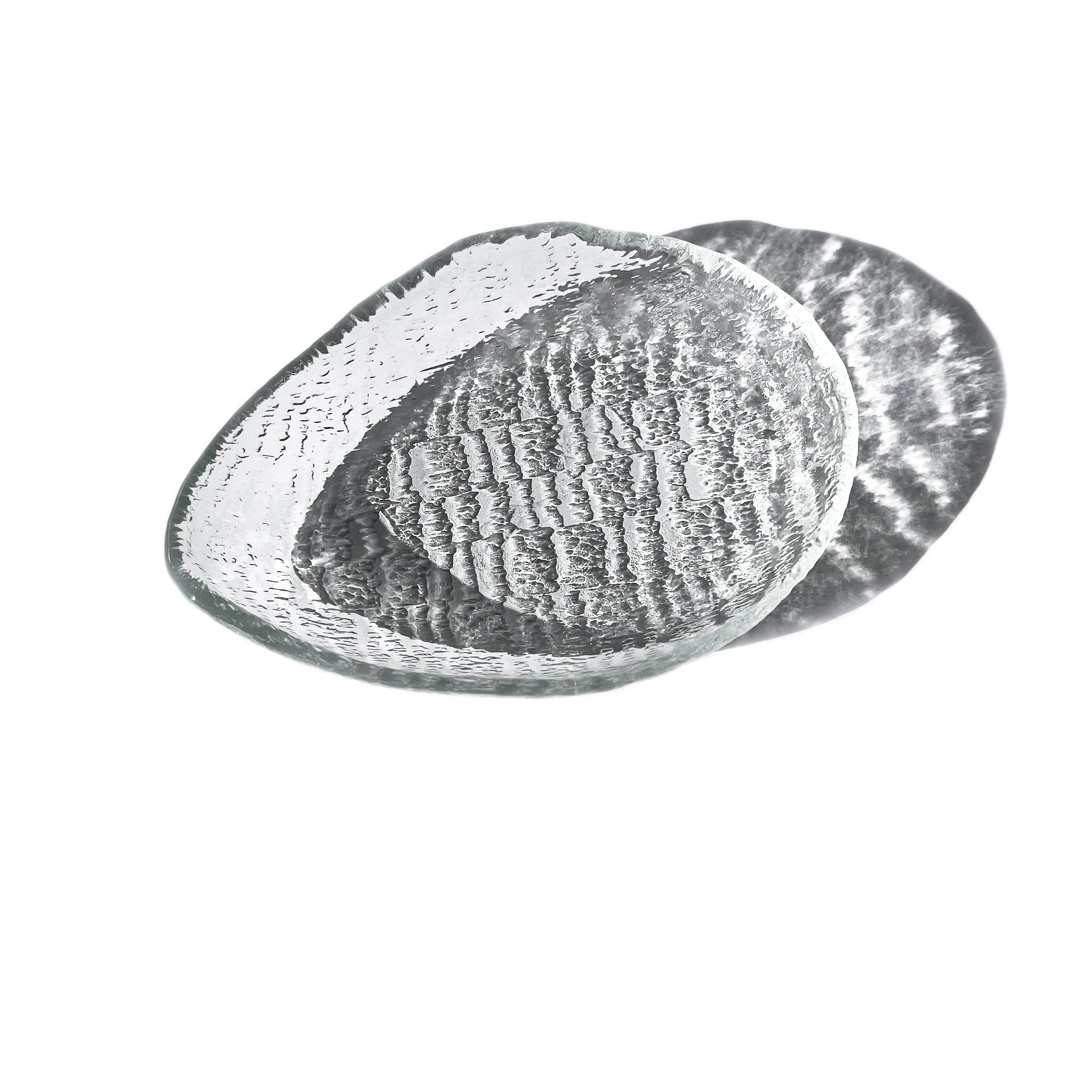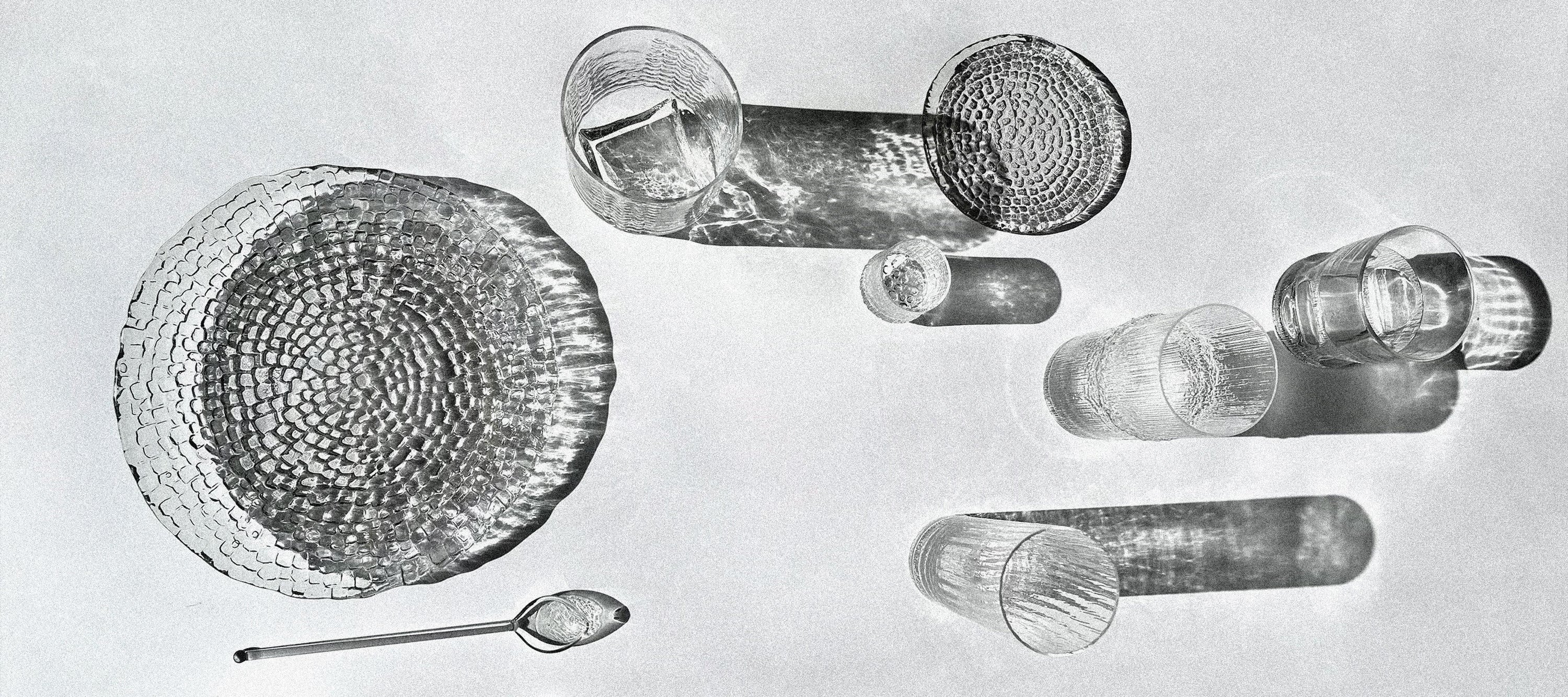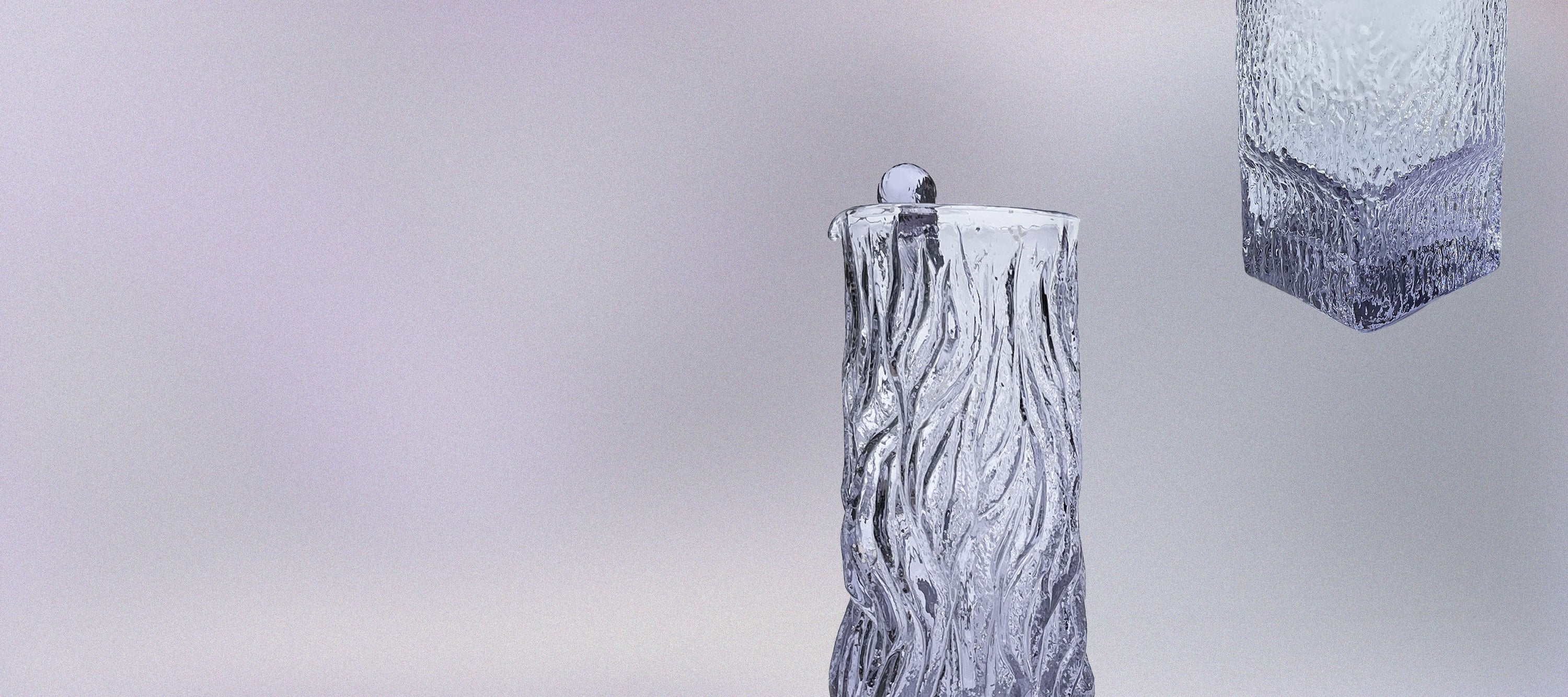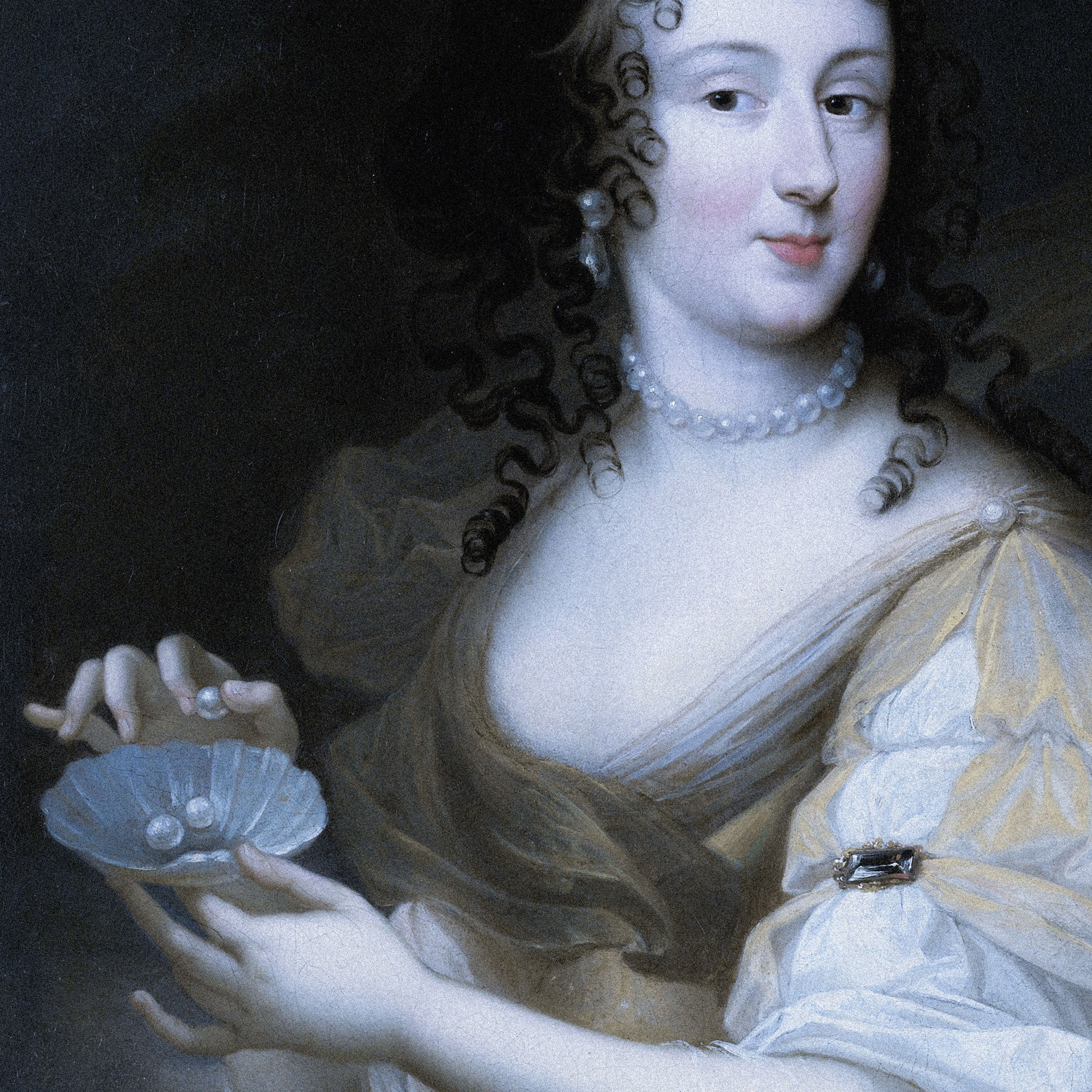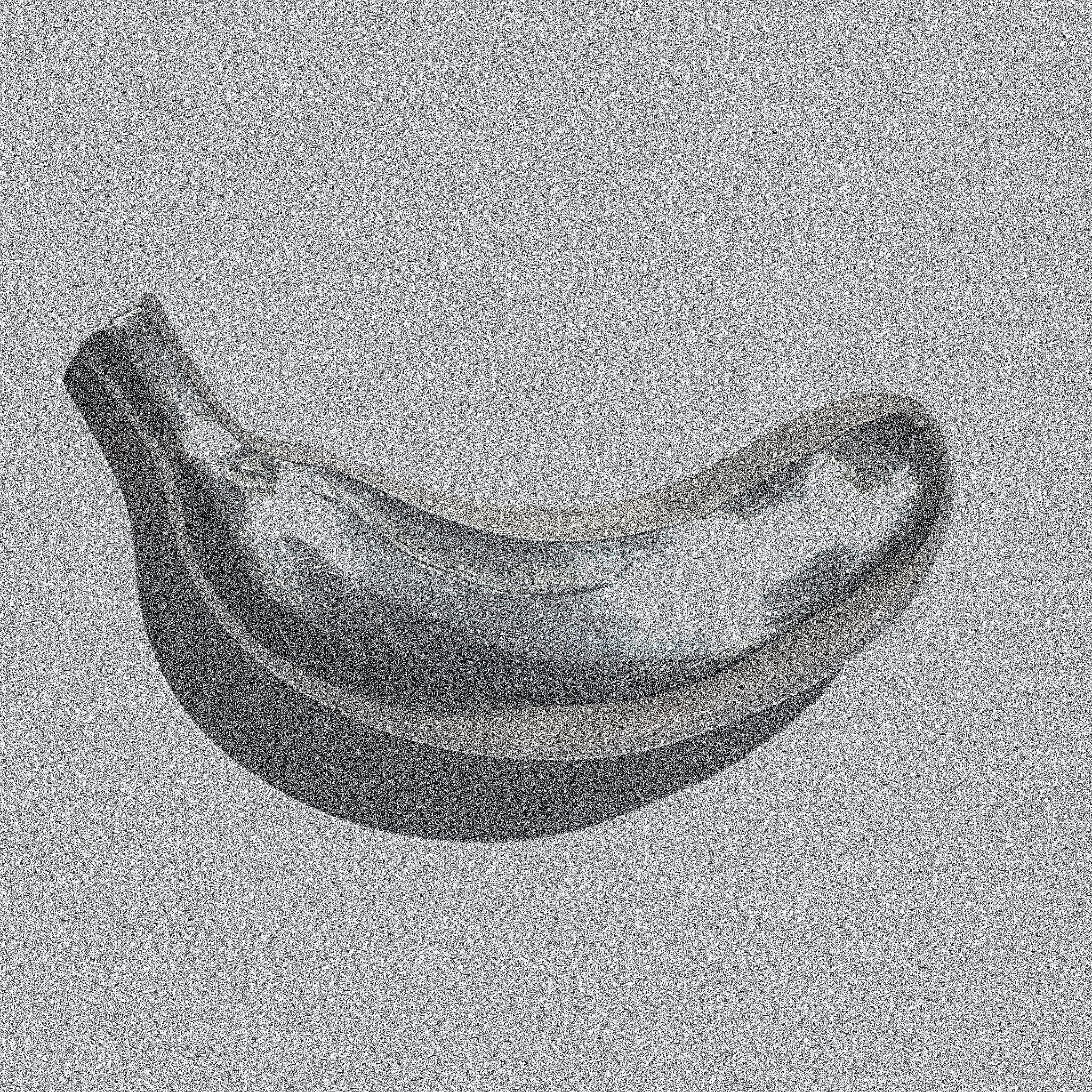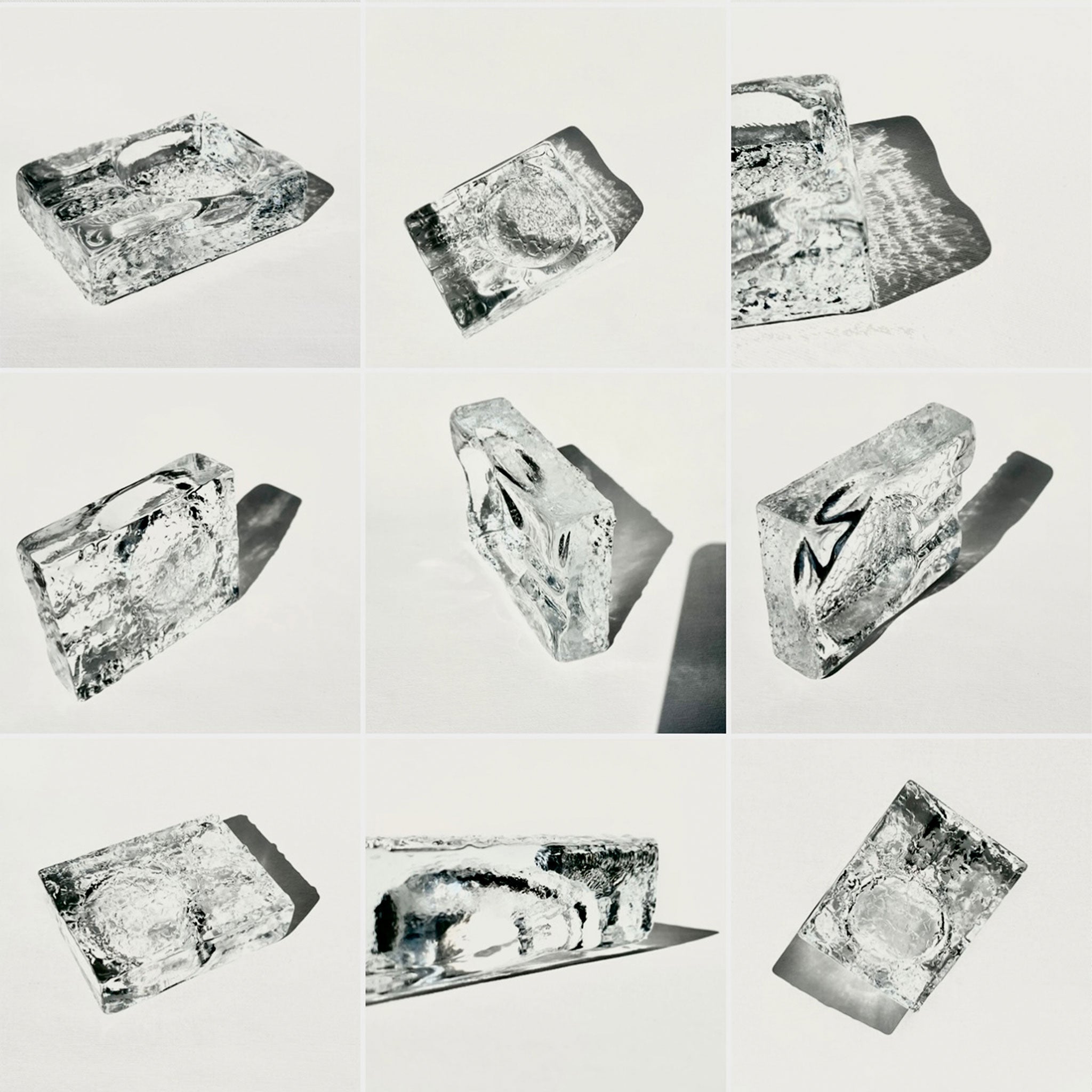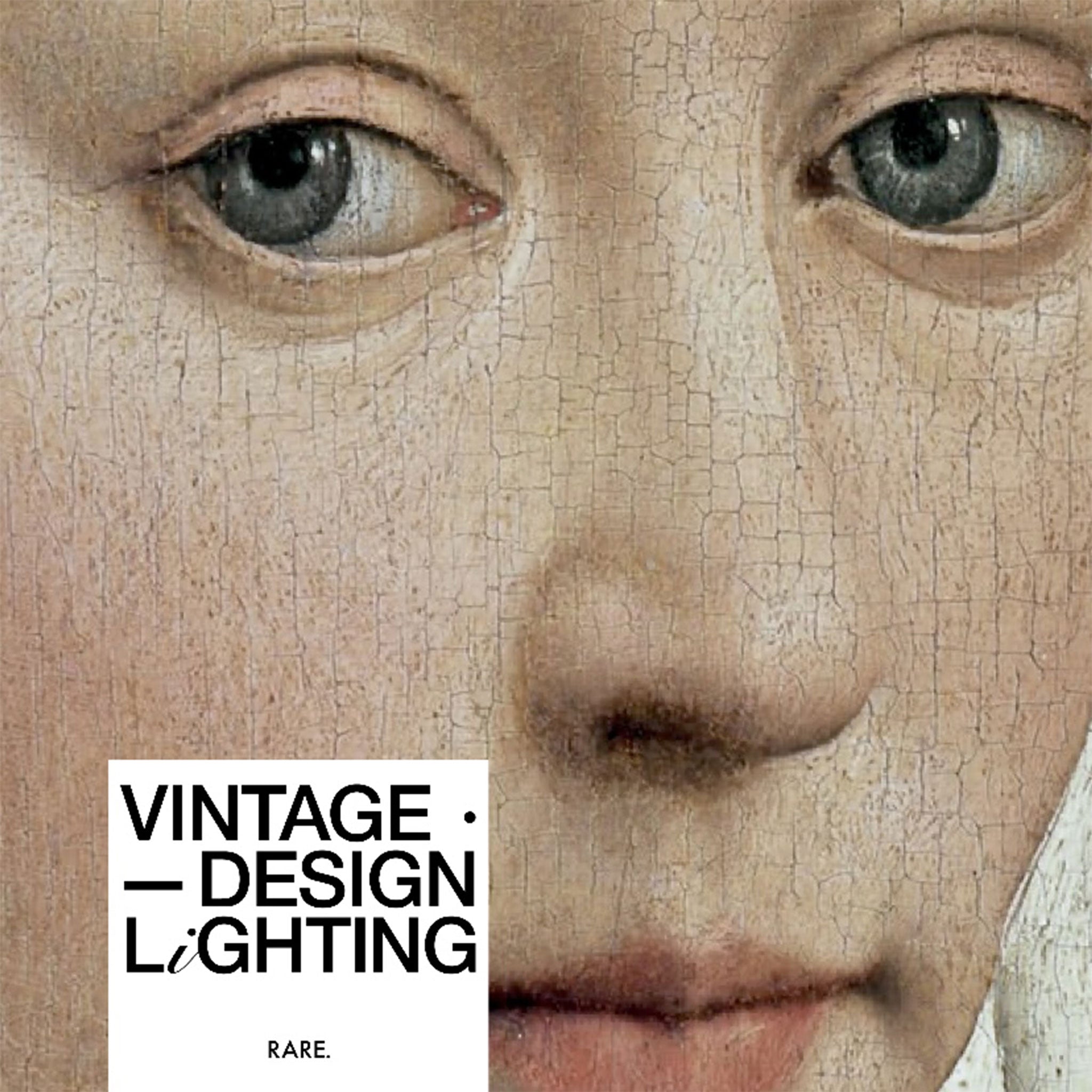
You Could Touch them... Tactile Experiences in Digital World with Textured Vintage Glass Design.
Texture as Language
In the 1970s, glass design across the Baltic and Nordic regions embraced a profound shift: from clarity and smoothness to texture and tactility. In these northern geographies— shaped by long winters, snow-covered forests, icy lakes, and the reflective surfaces of the sea — pressed glass emerged not just as a manufacturing method, but as a design language. Texture became a way to translate landscape, emotion, and material experimentation into everyday objects. Far from decorative excess, it spoke of place, season, and atmosphere.
The Baltic Sensibility — Iconic Designers
Poland — Sculptural Tableware by Drost
At the heart of this movement were designers who helped shape the visual identity of modern European glass. In Poland, Jan Sylwester Drost and Eryka Trzewik-Drost created deeply sculptural works for Zabkowice Glassworks, whose ice-like reliefs and rhythmic surfaces brought an elemental gravity to domestic tableware. These objects — functional yet poetic — are now held in museum collections, such as the Corning Museum of Glass in New York, a testament to their historical and artistic value.
Finland — Frozen Geometry by Wirkkala & Sarpaneva — Iittala
In Finland, Tapio Wirkkala and Timo Sarpaneva led an experimental spirit at Iittala, where form met frozen geometry. Wirkkala’s iconic Ultima Thule series, inspired by melting ice, is a hallmark of this period: a tactile interpretation of the Arctic landscape cast into glass. Hadeland Glassverk, one of Finland’s oldest glassworks, continued to innovate with designs that combined minimalism with richly textured surfaces grounded in centuries of Nordic craftsmanship.
Sweden — Expressive Kosta Boda & Krona
Across the sea in Sweden, Kosta Boda and Krona Glasbruk explored bold abstraction and expressive surfaces. Their vessels, plates, and bowls often featured cratered, bubbled, or frosted skins — capturing light as if filtered through snowfall or mist. These manufacturers pushed pressed glass toward sculptural and sensorial extremes, making utilitarian pieces feel elemental.
The Influence of Landscape
This generation of pressed glass reflects a broader cultural turn: away from the sleek anonymity of mass production and toward material intimacy. These pieces invite touch, reflection, and connection. Born of the cold light and tactile rhythms of the Baltic climate, they embody the intersection of craft, design, and nature.
Italian Textured Glass and Nordic Influences
Italian glass design in the 1970s also embraced textured surfaces. Kristall Krisla, with designer Taddei Sestini, created crystal pieces inspired by ice blocks — featuring tactile textures and innovative forms. While rooted in Italian craftsmanship, these works show clear influence from Nordic design, reflecting shared themes of nature, texture, and functionality. This cross-European dialogue highlights how textured glass in the 1970s expressed a deep connection to natural forms and materials.
This transnational dialogue between northern and southern European aesthetics reveals how, in the 1970s, textured glass became a medium to explore the forms of the natural environment — from the frozen landscapes of the Baltic Sea to the Mediterranean light filtered through crystal.
A Curated Selection by RARE.
The curated collection presented here gathers exemplary works from this rich context: from the lyrical reliefs of the Drosts to the glacial geometries of Wirkkala, from the elemental restraint of Hadeland to the expressive modernism of Kosta Boda and Krona. Each piece is not only an object of beauty but a fragment of a landscape — frozen in time, refracted in glass.
Explore Body of Glacier — the collection of 20th century ice-like textured glass.

